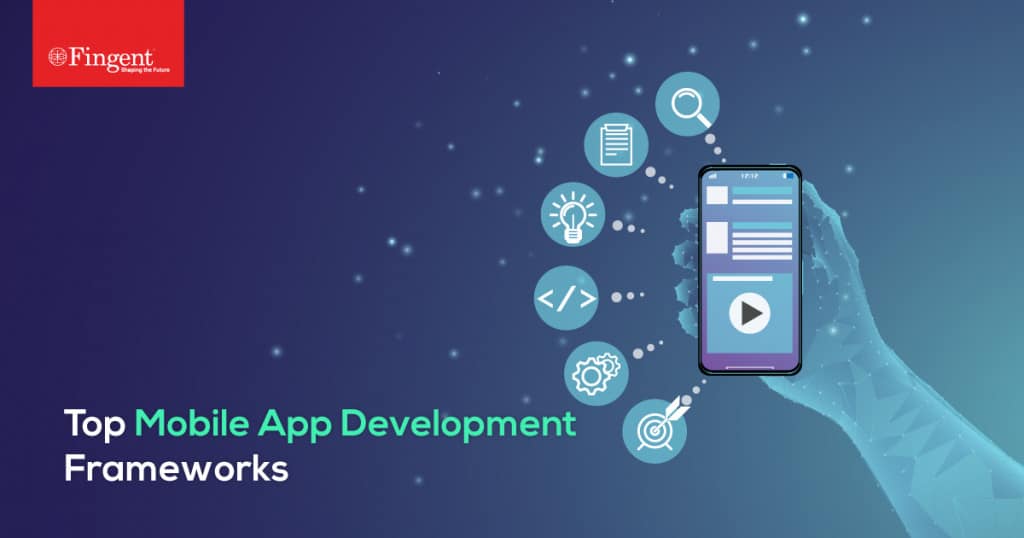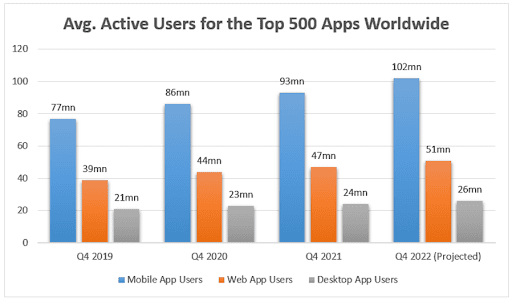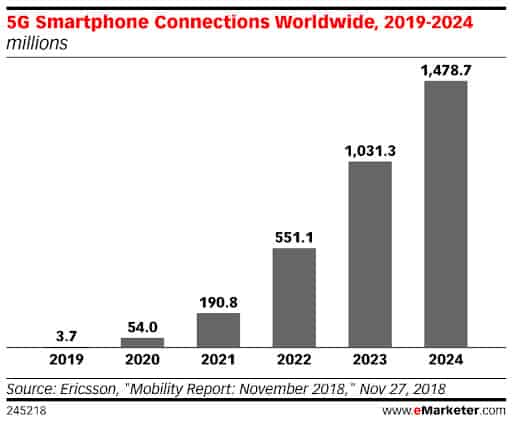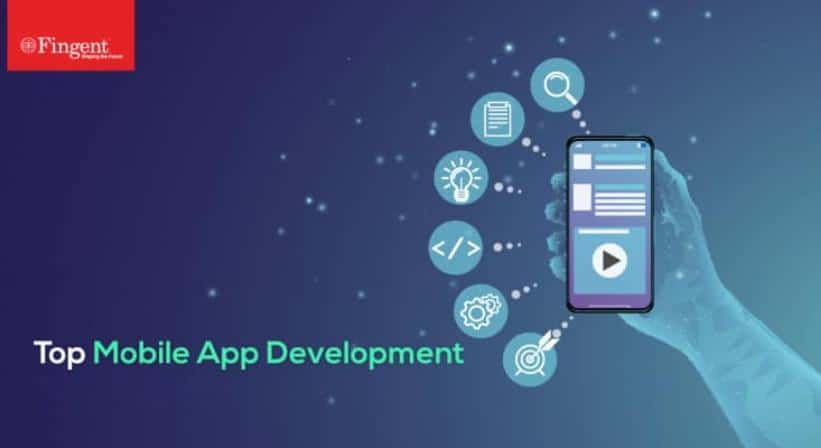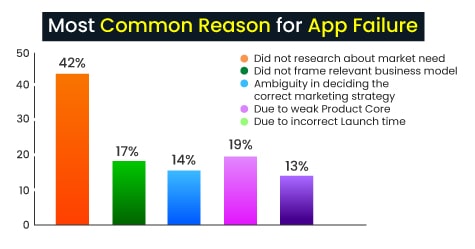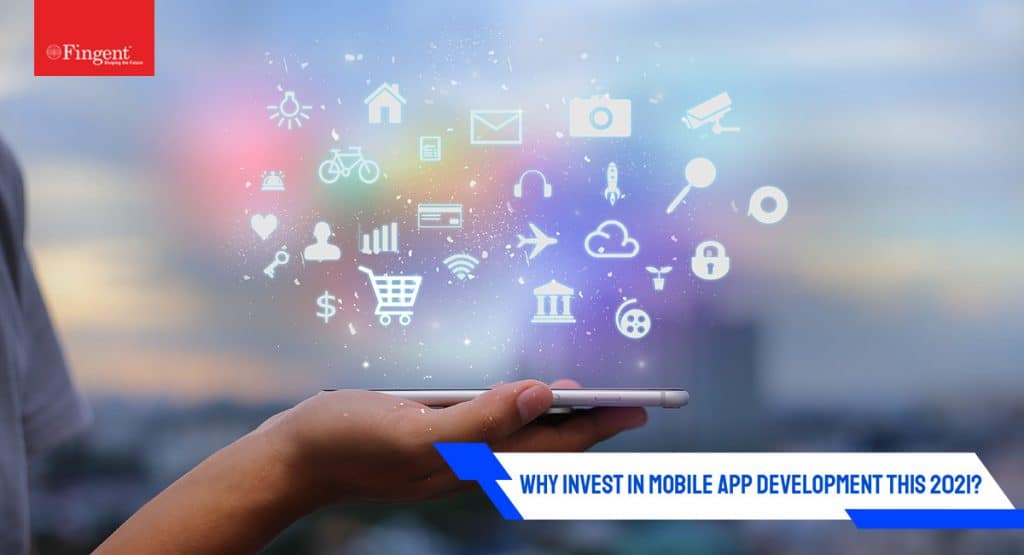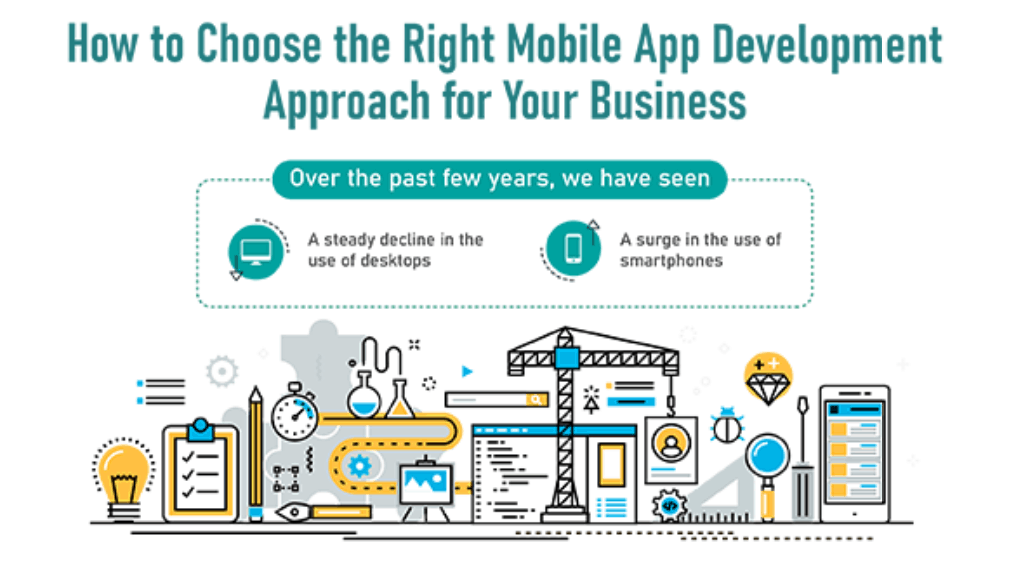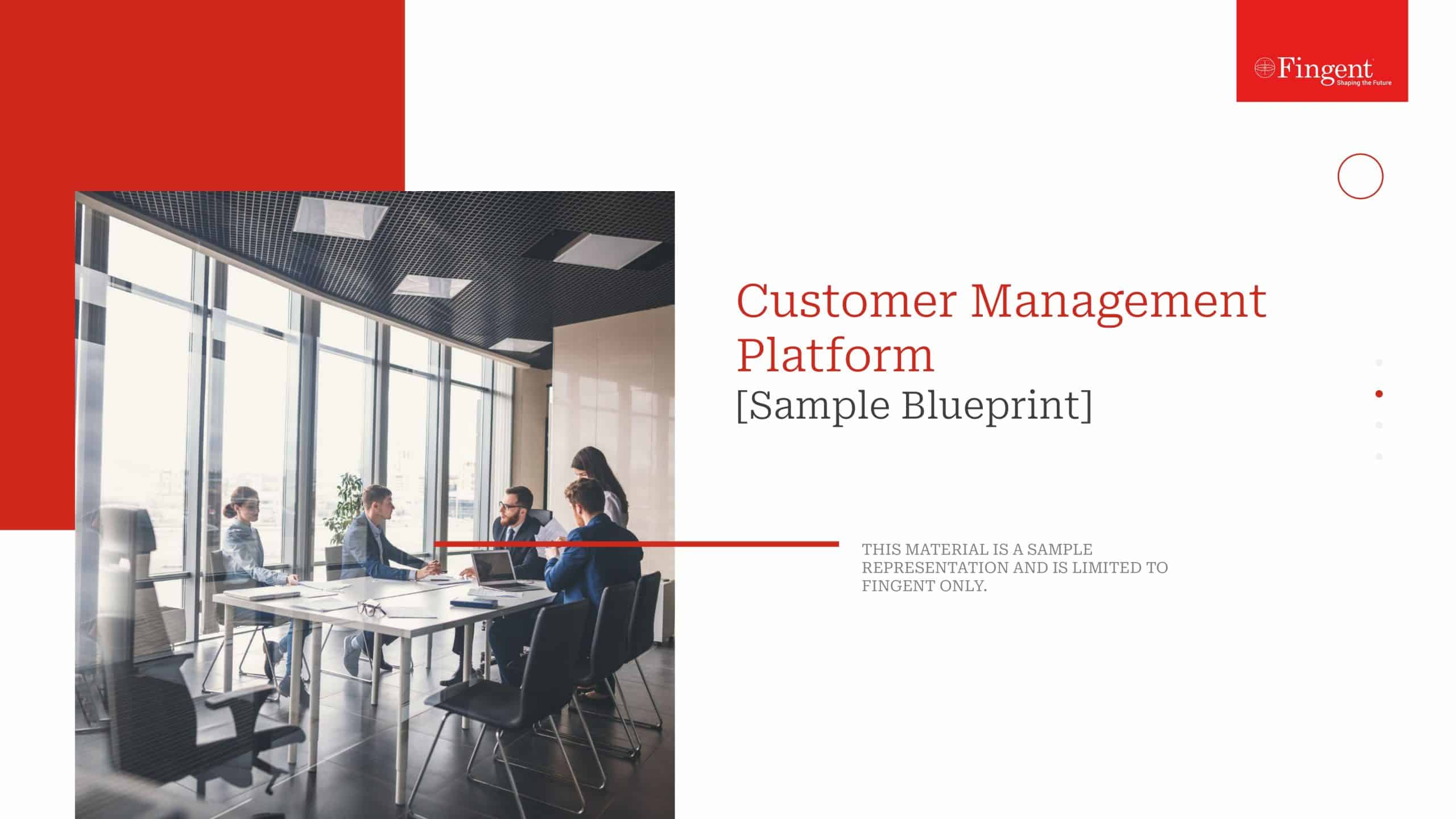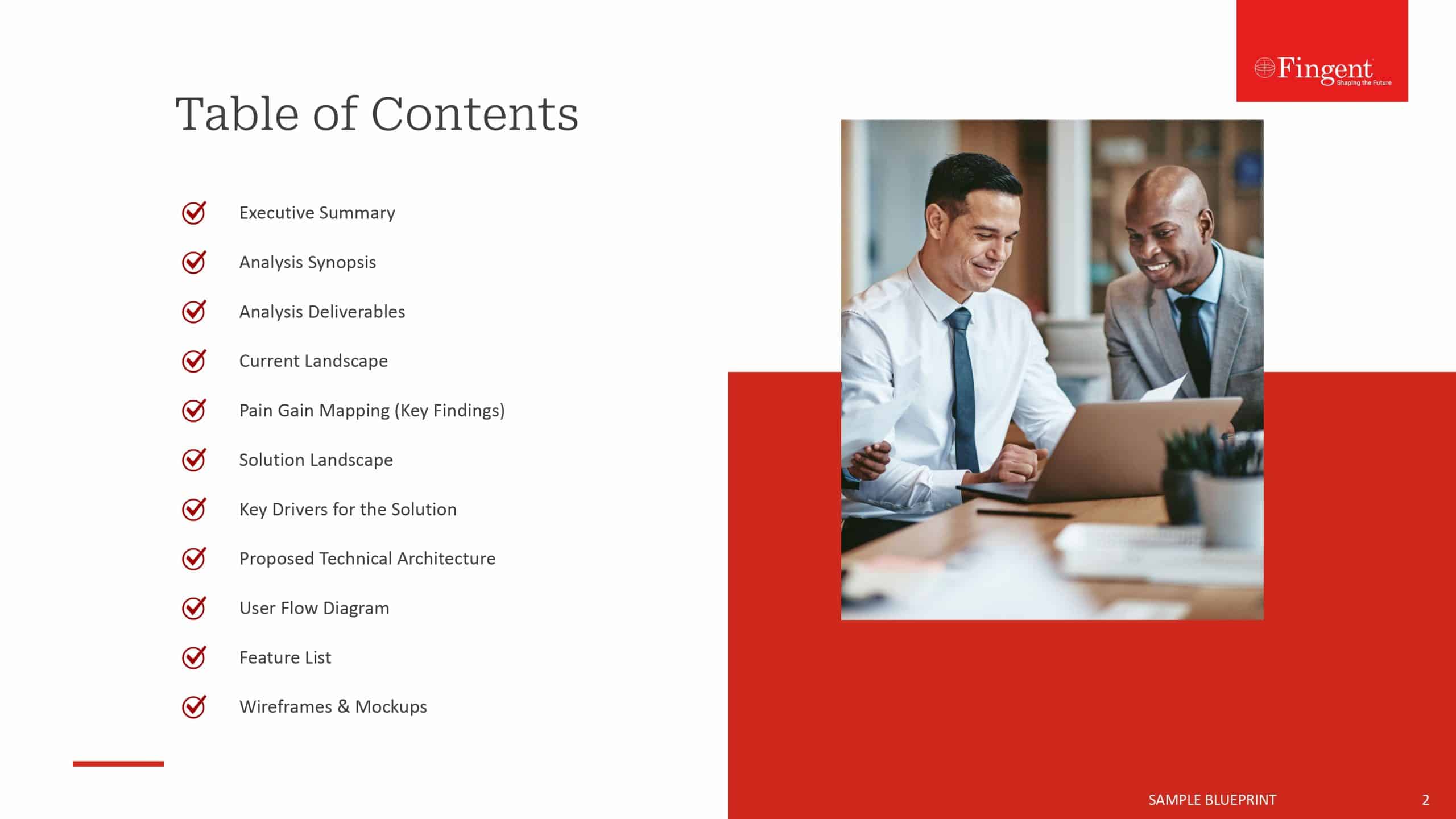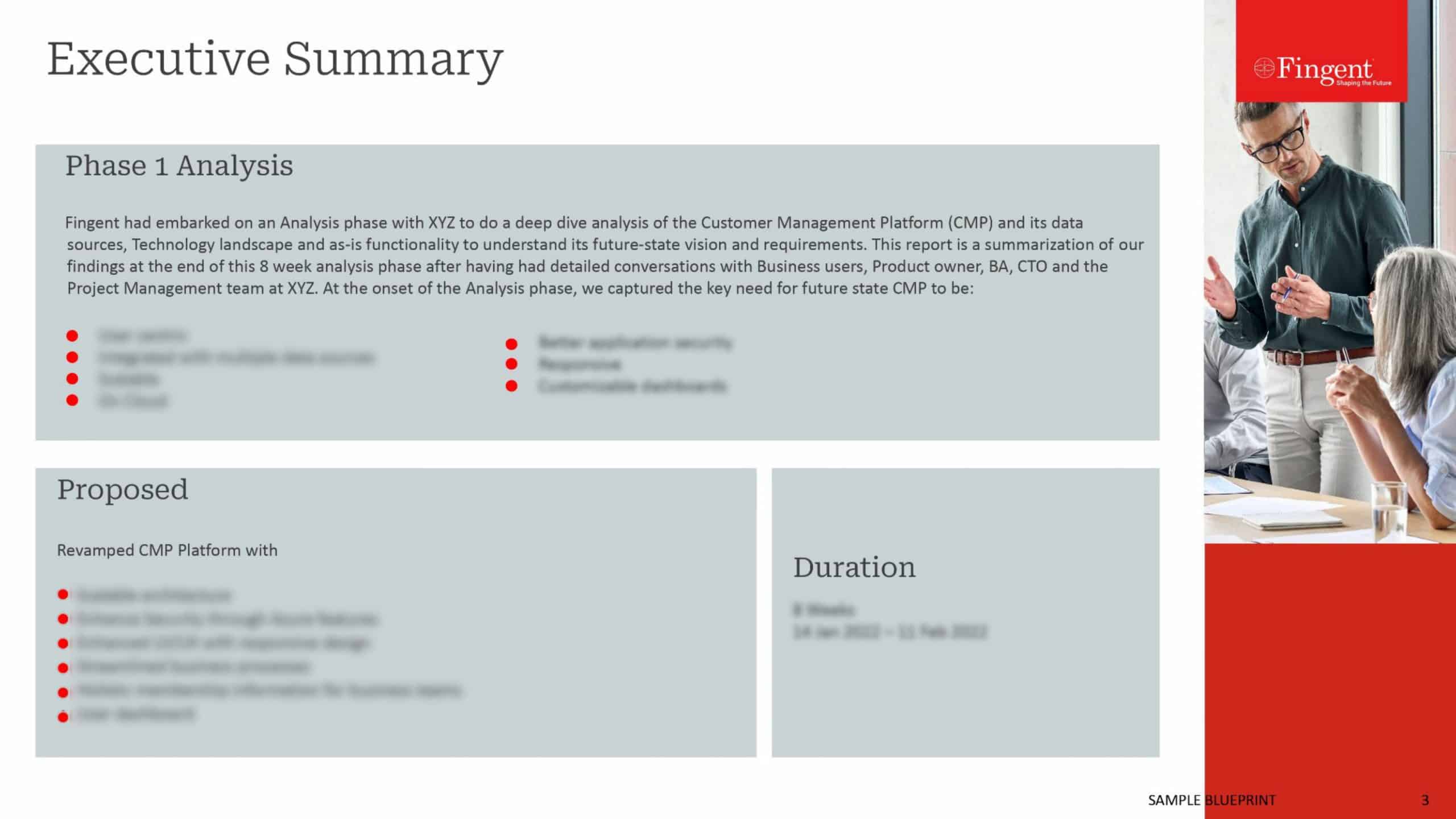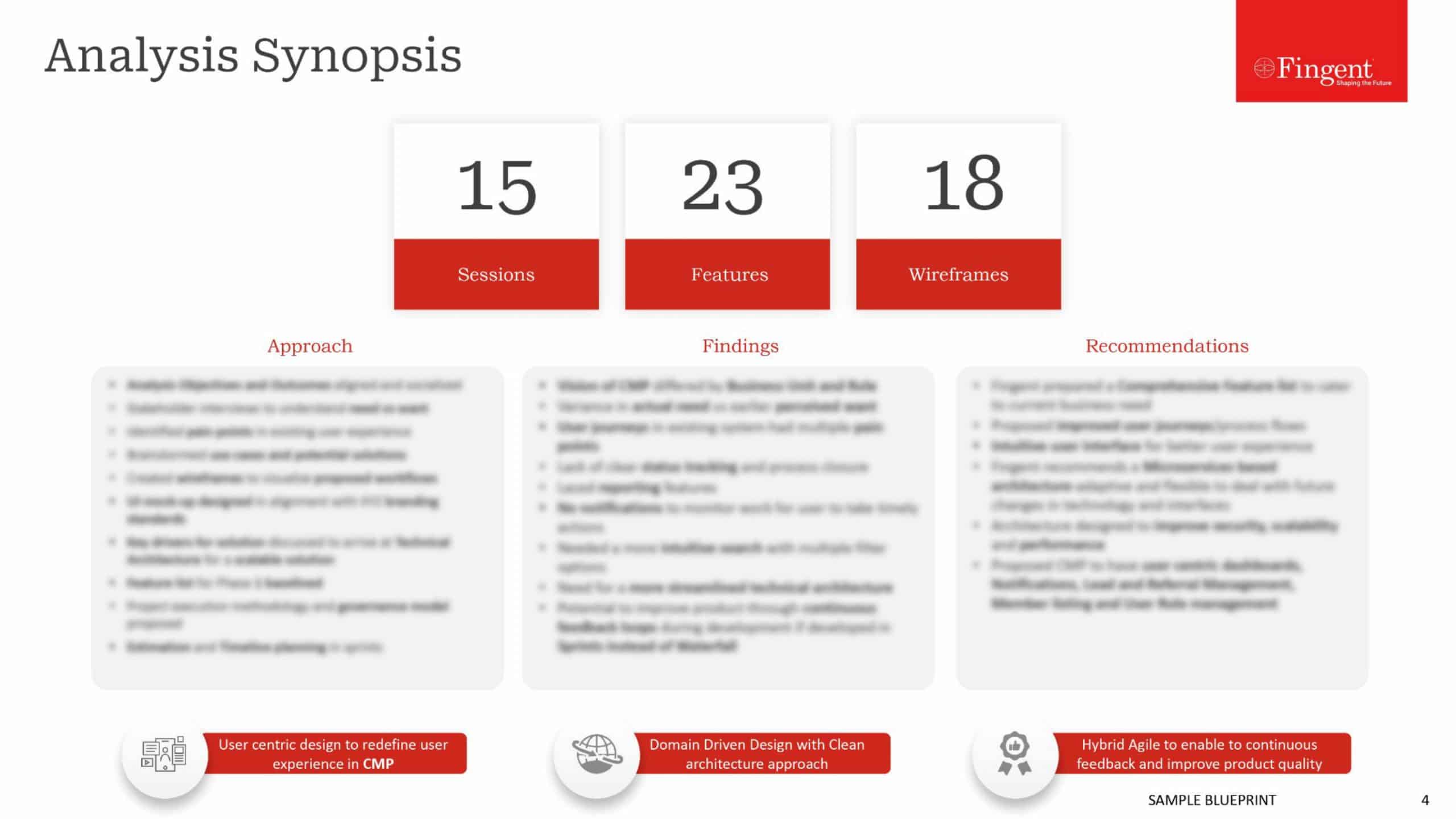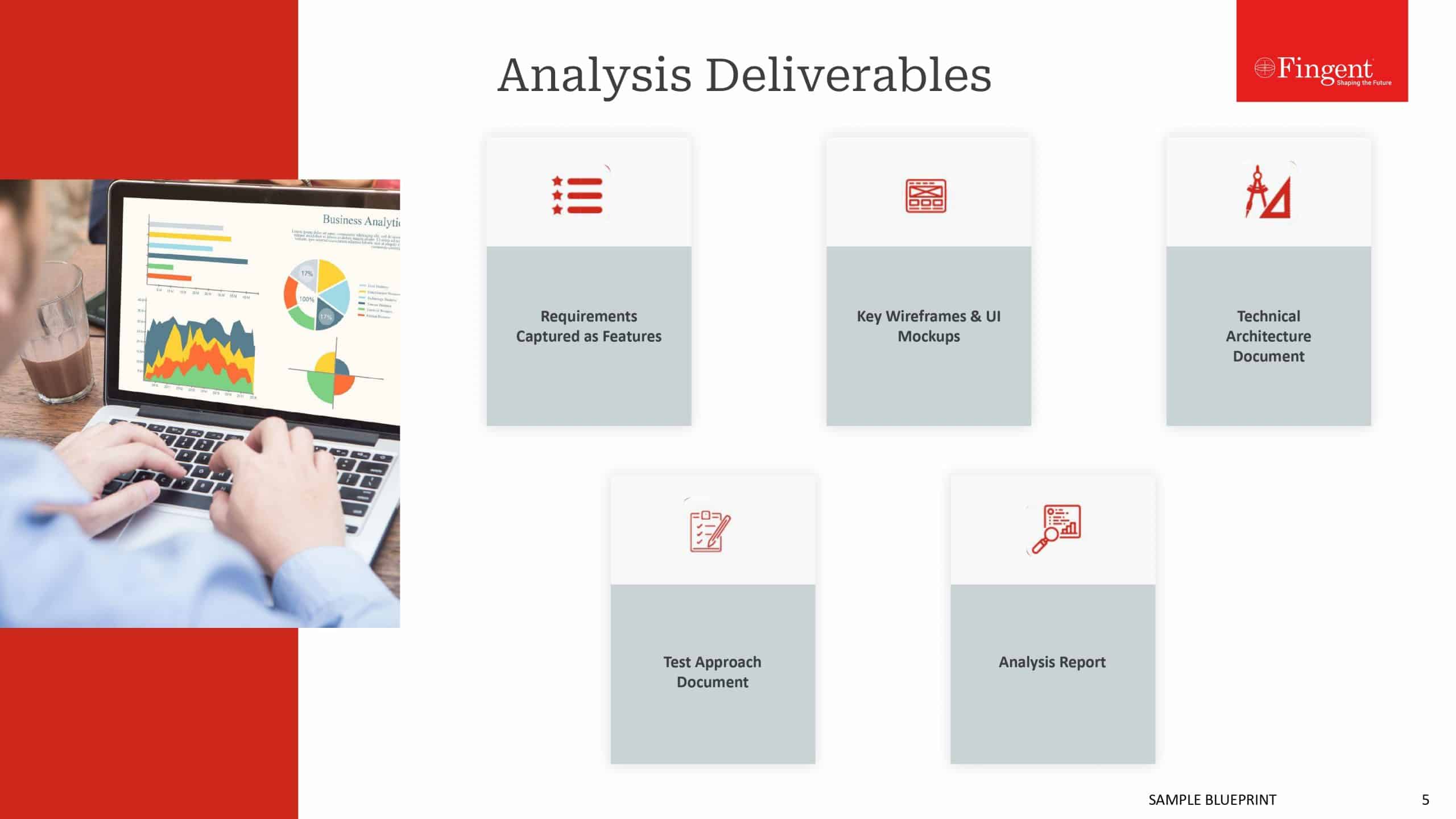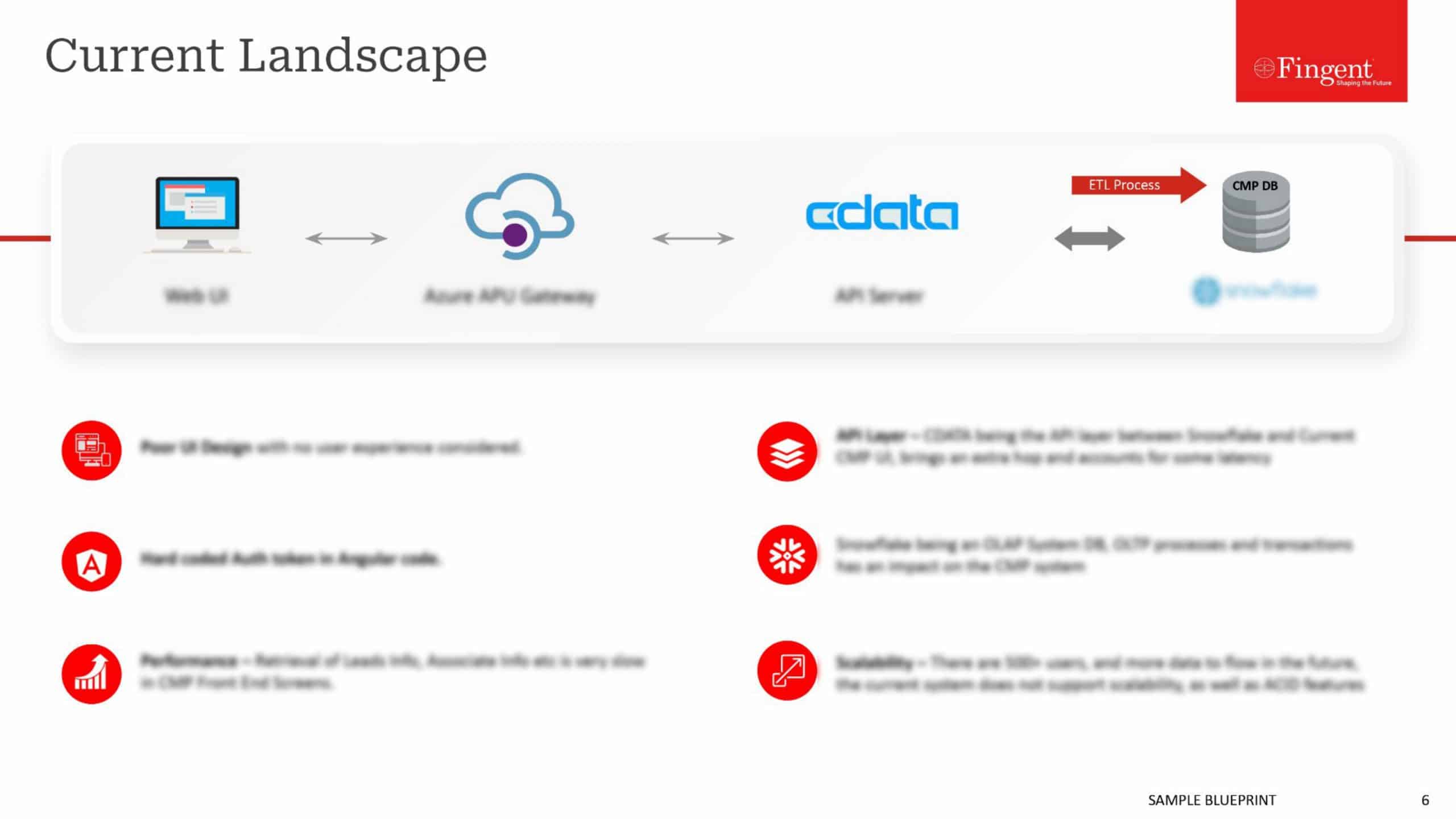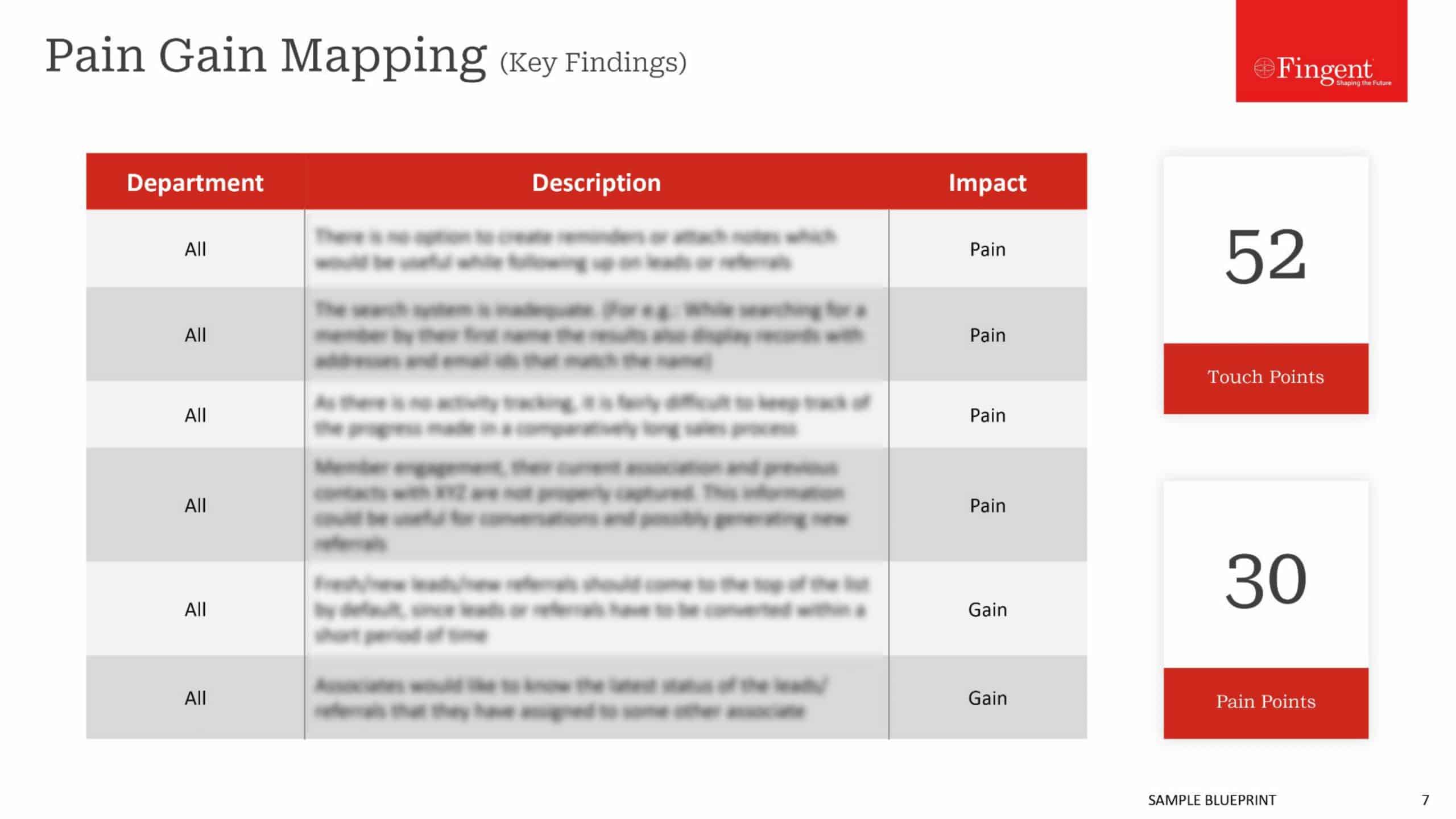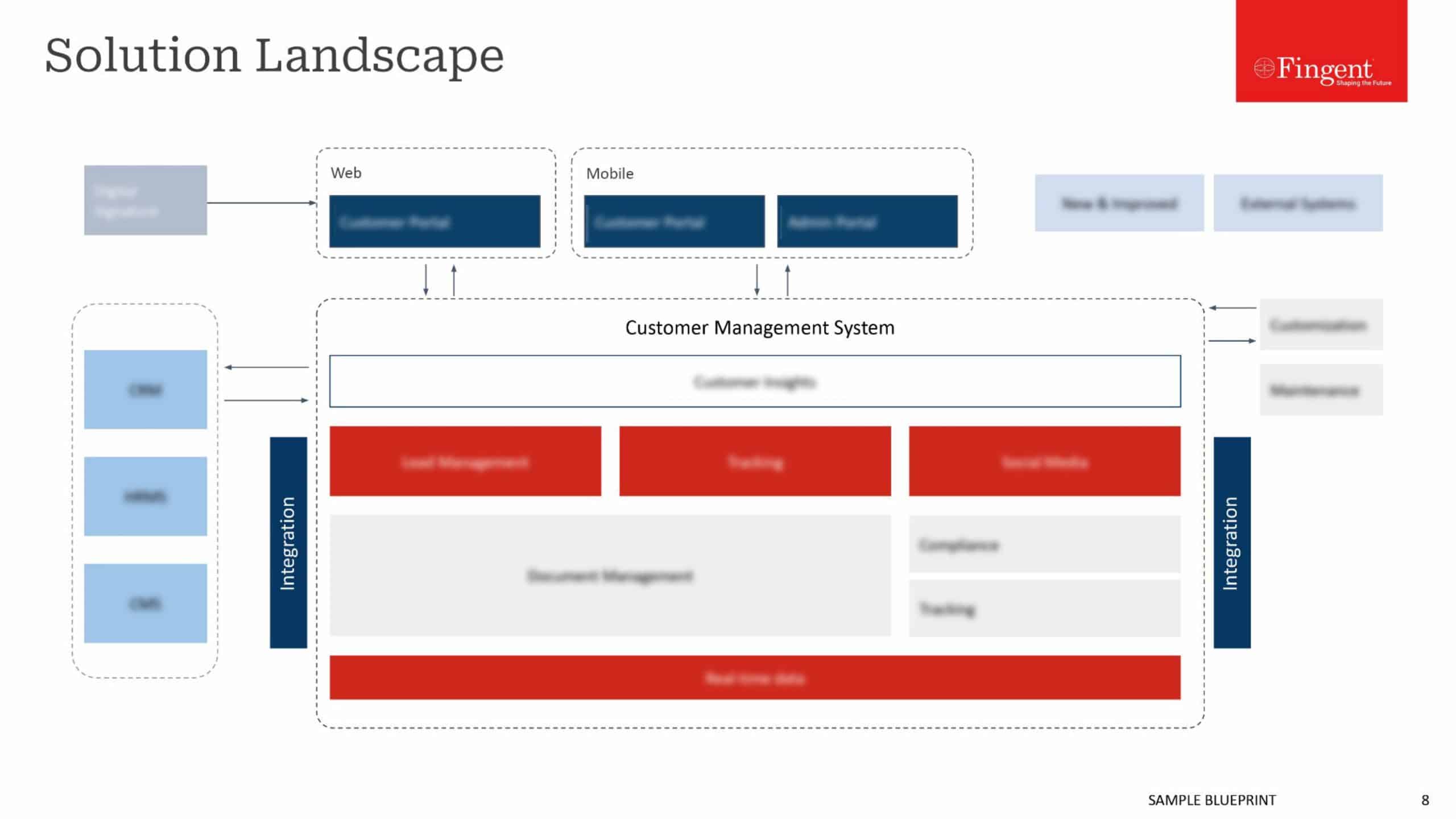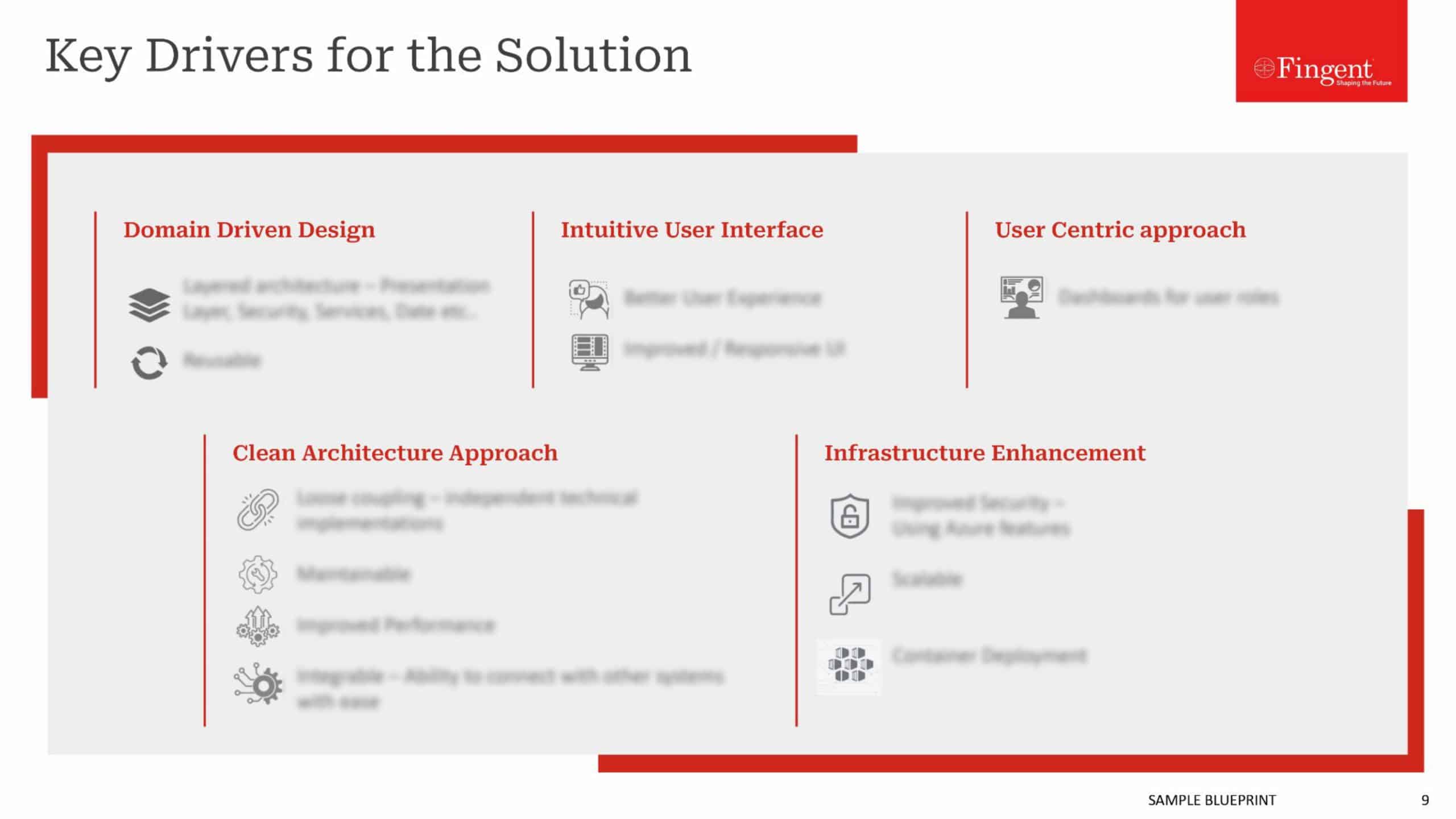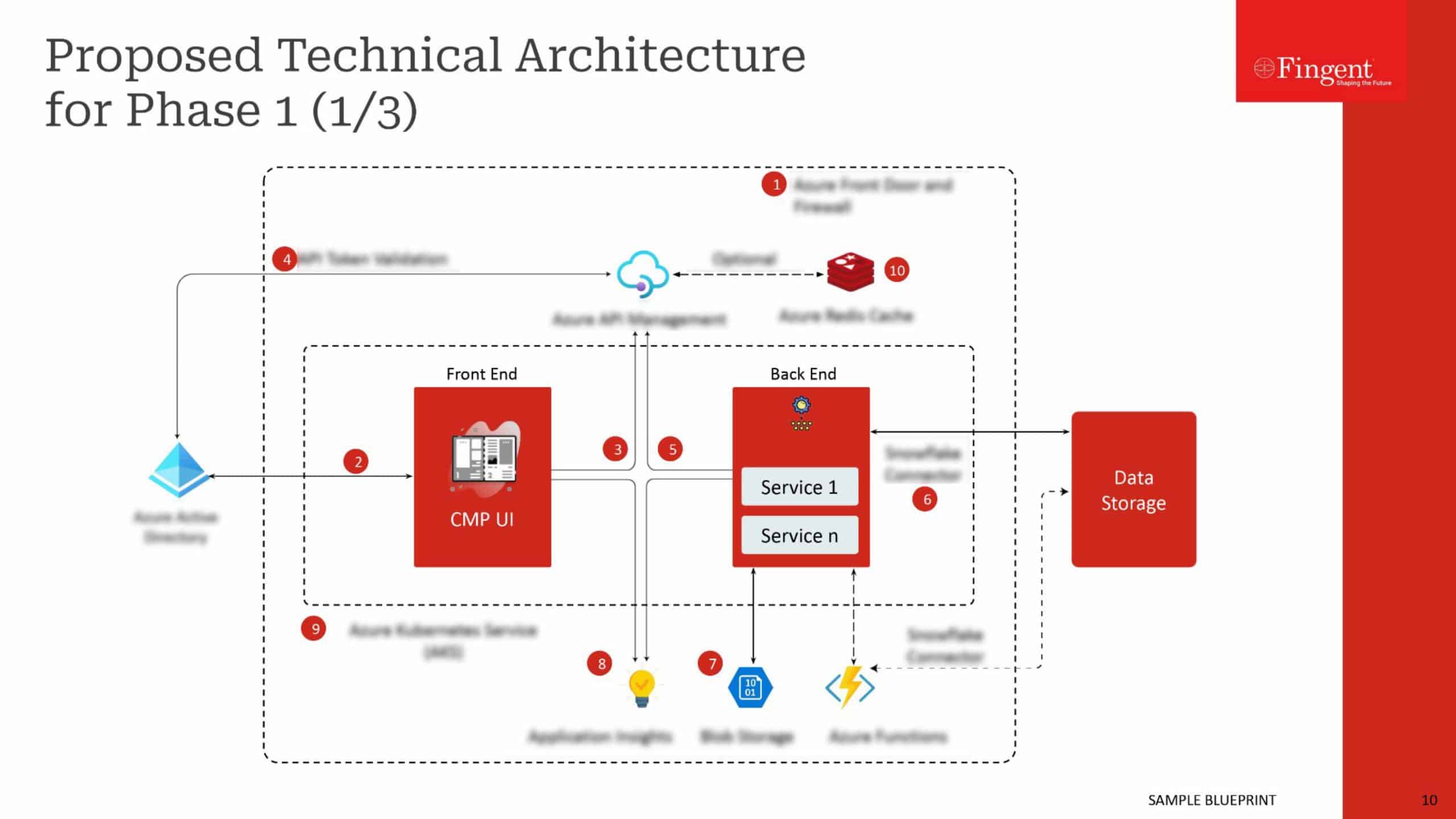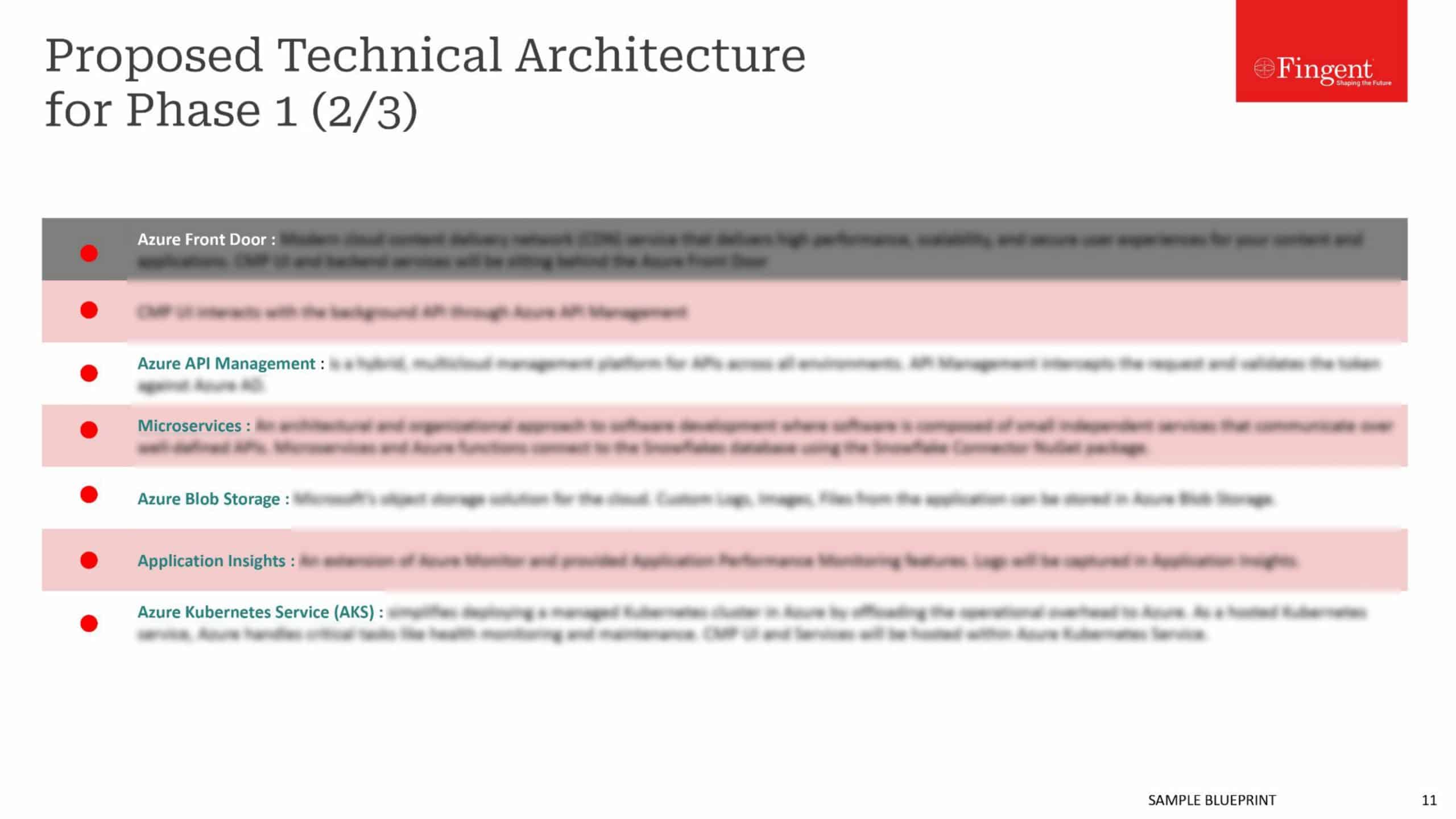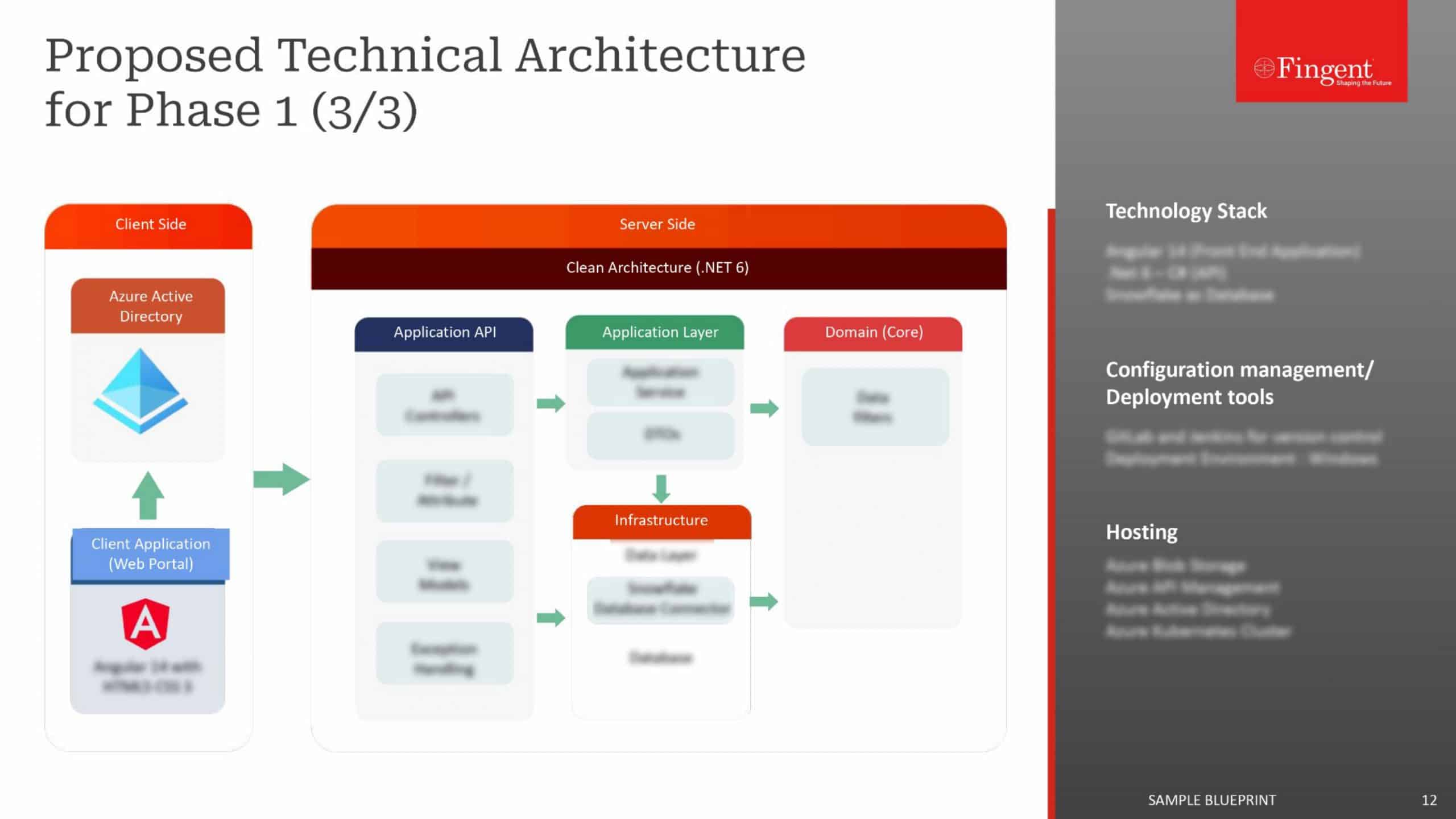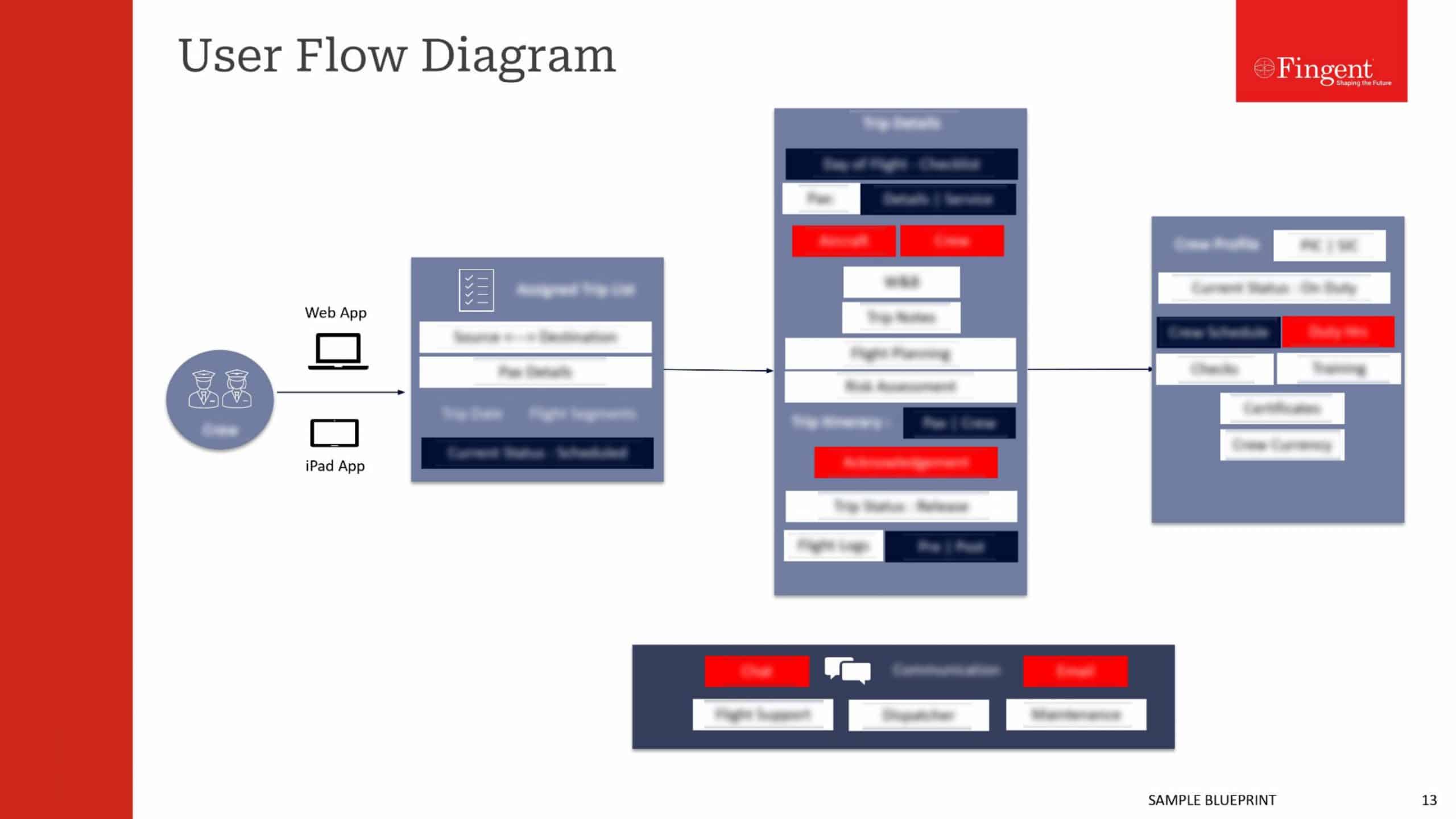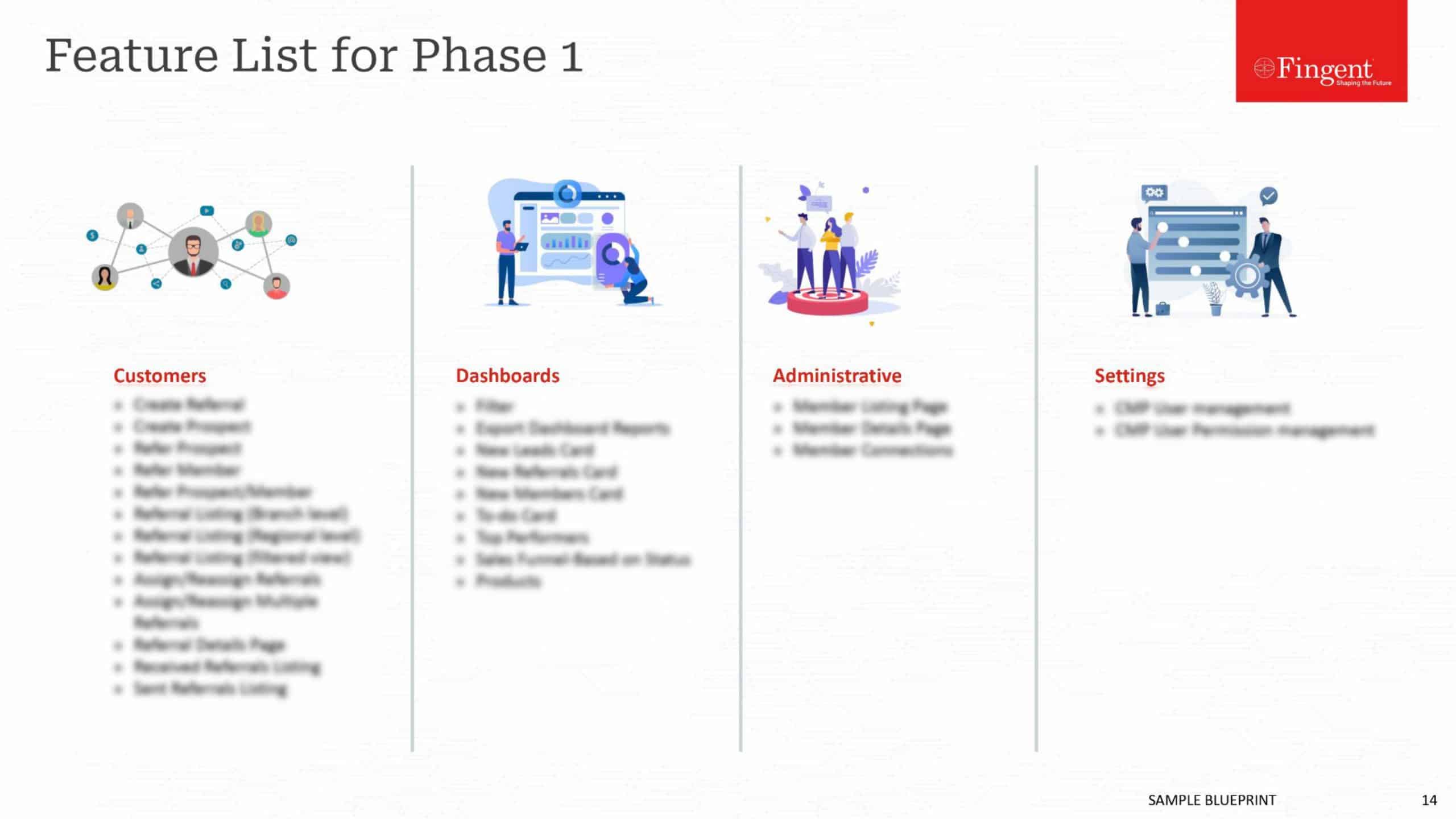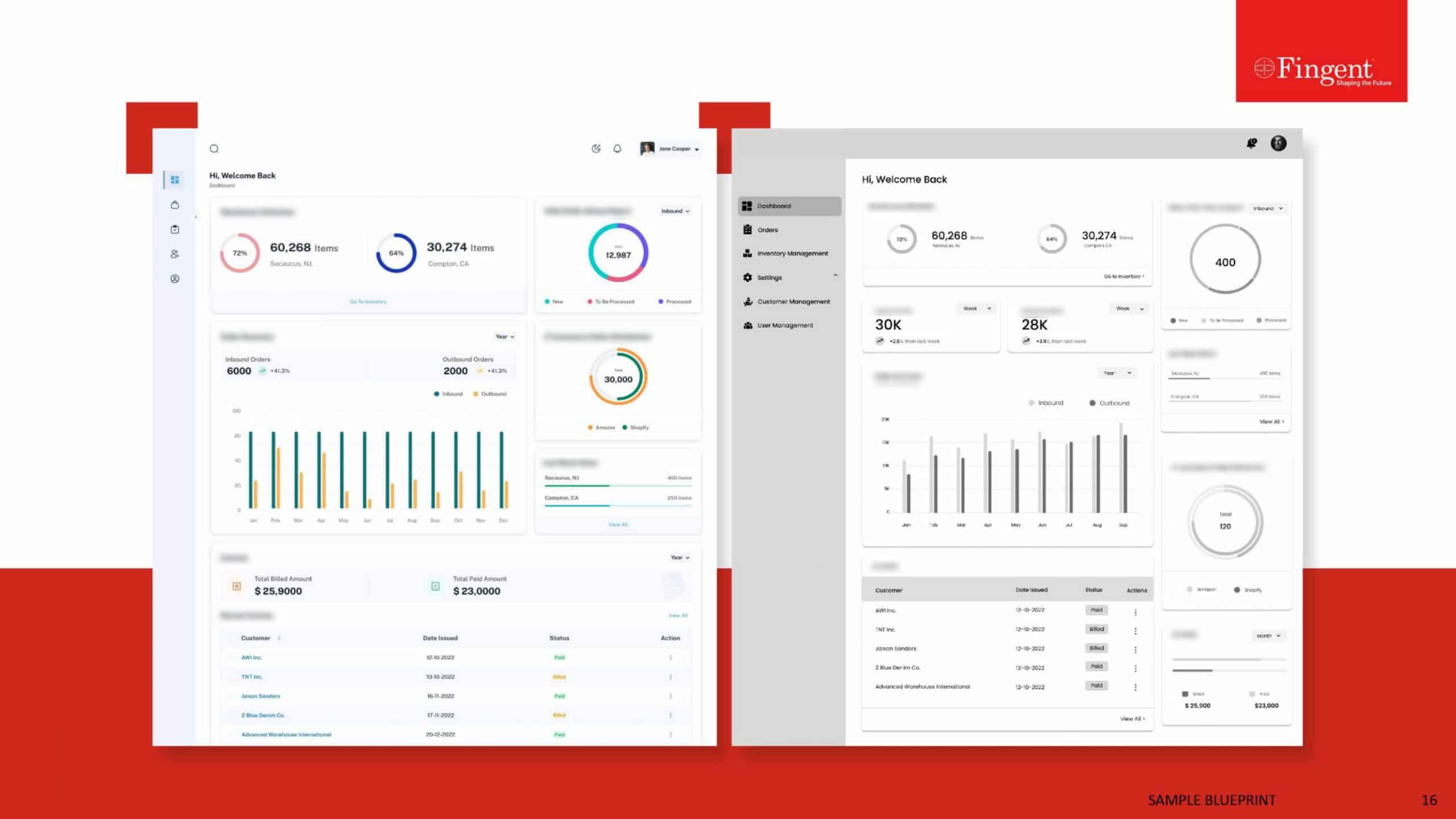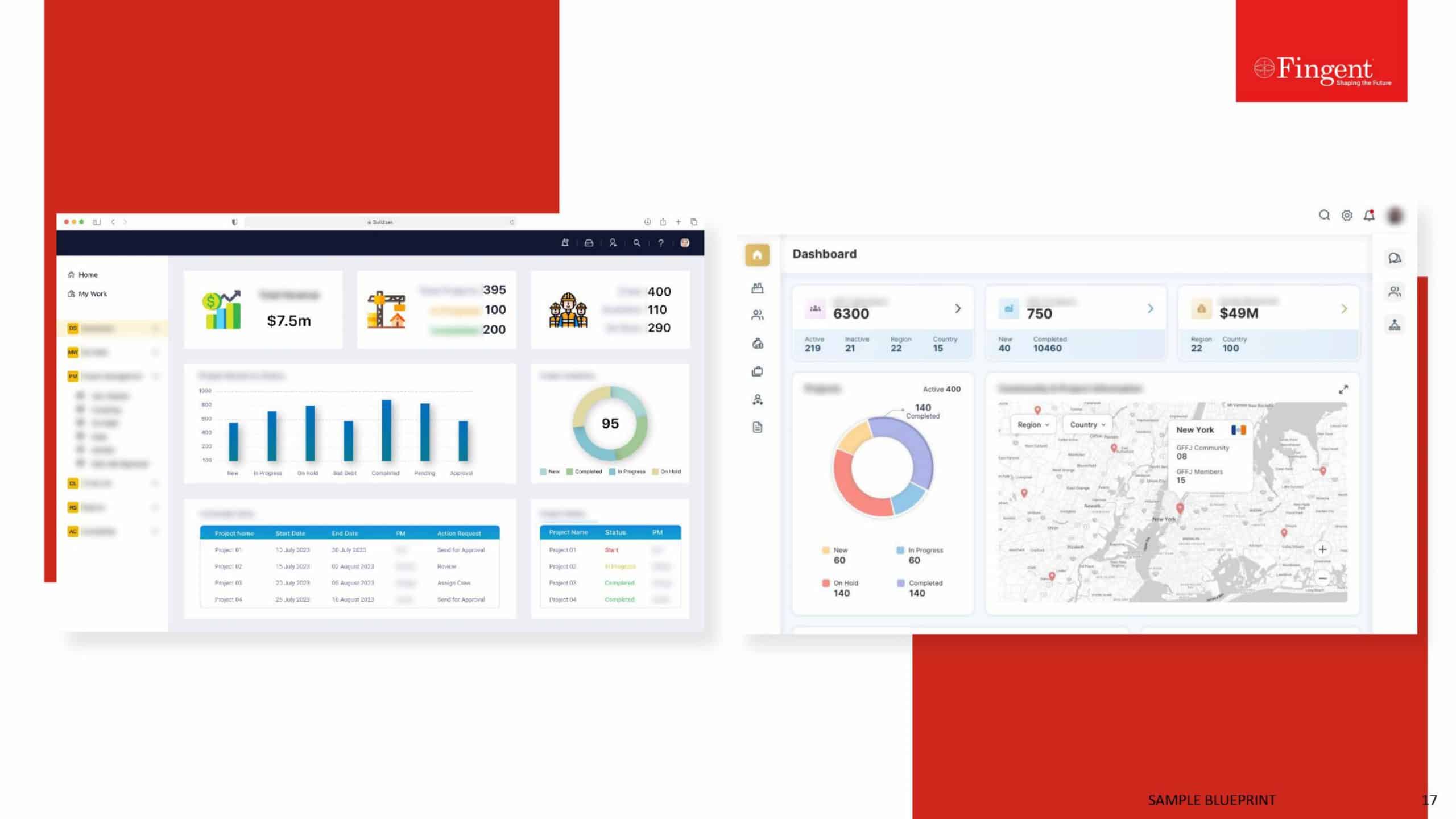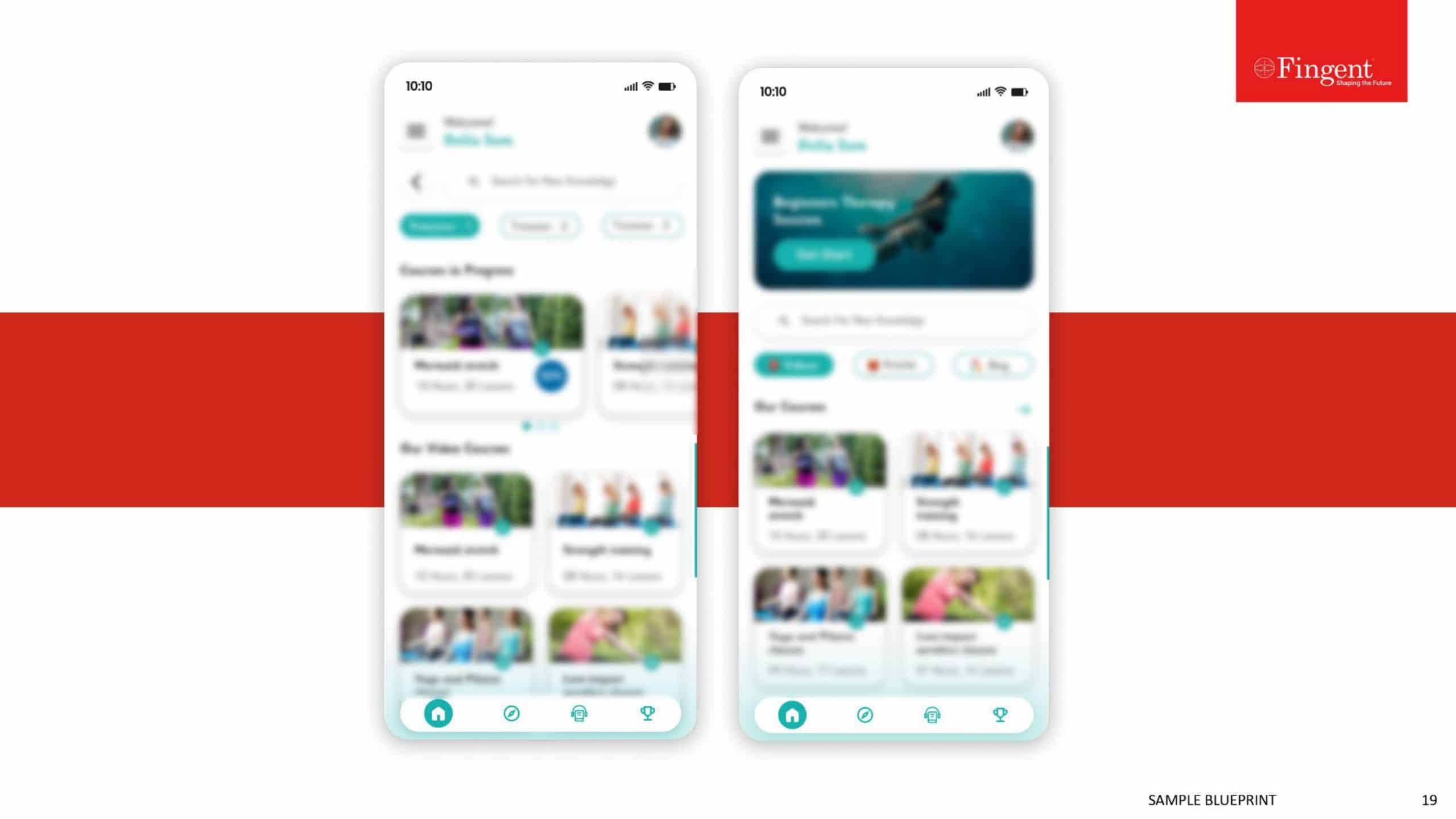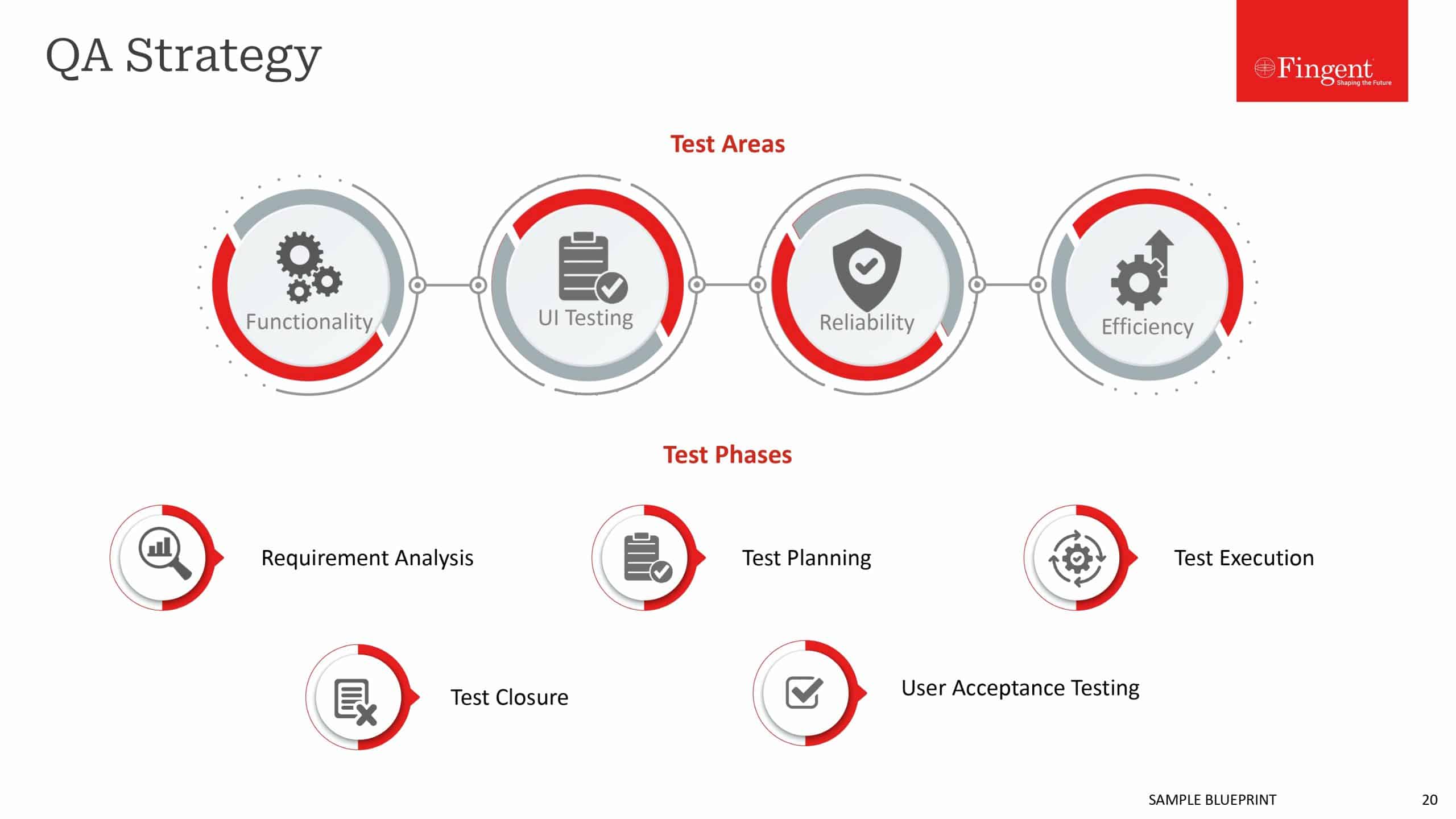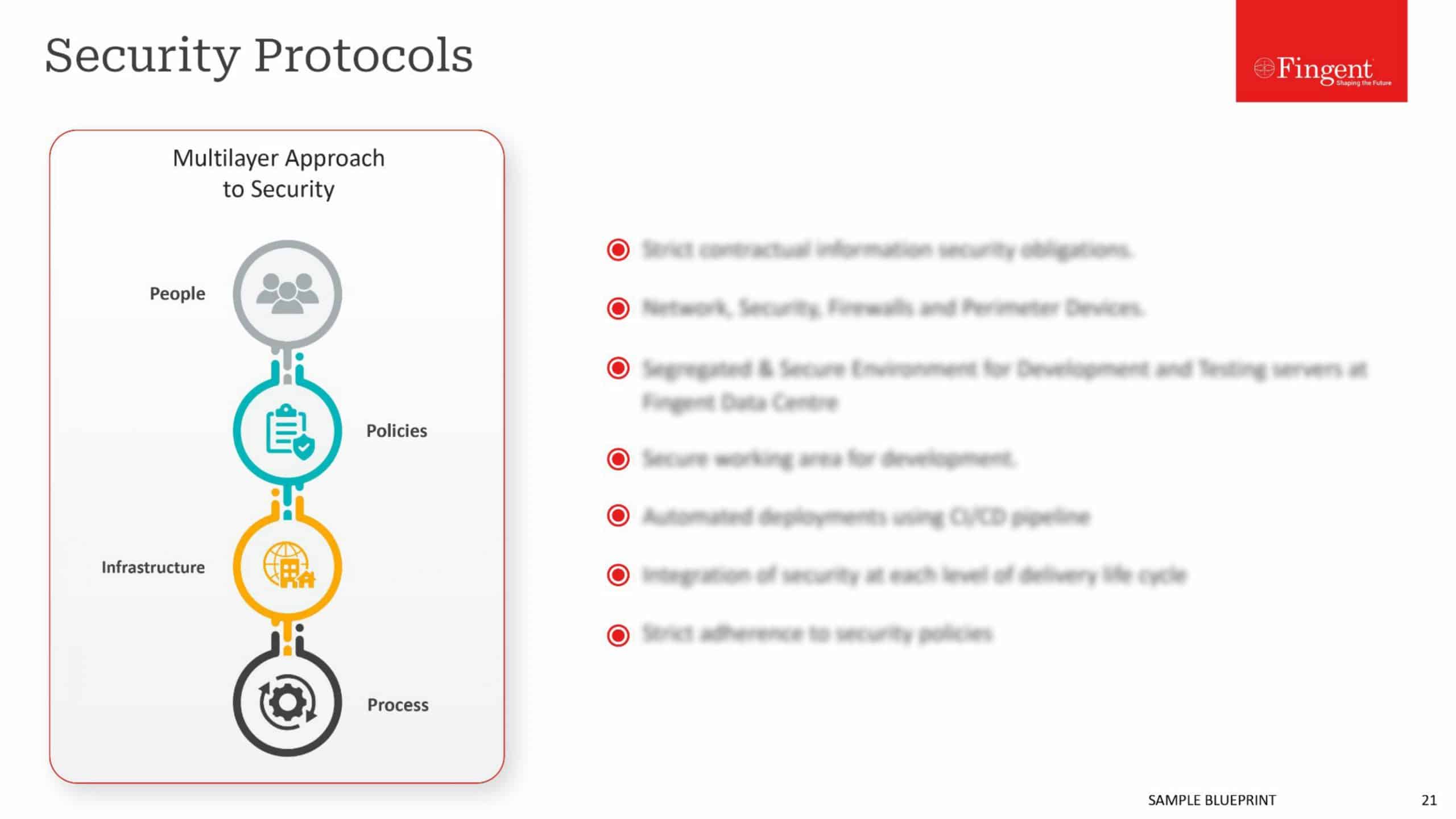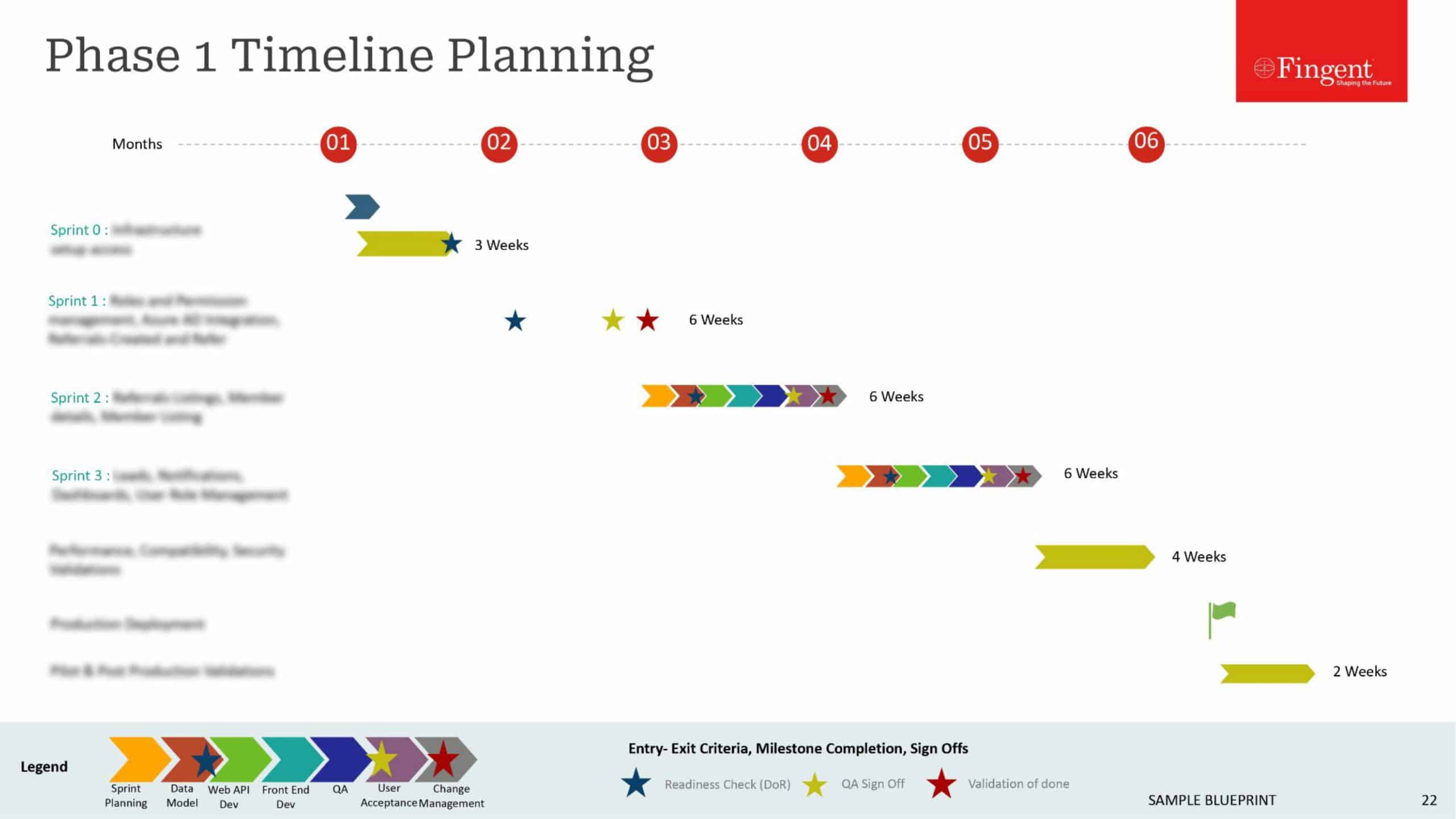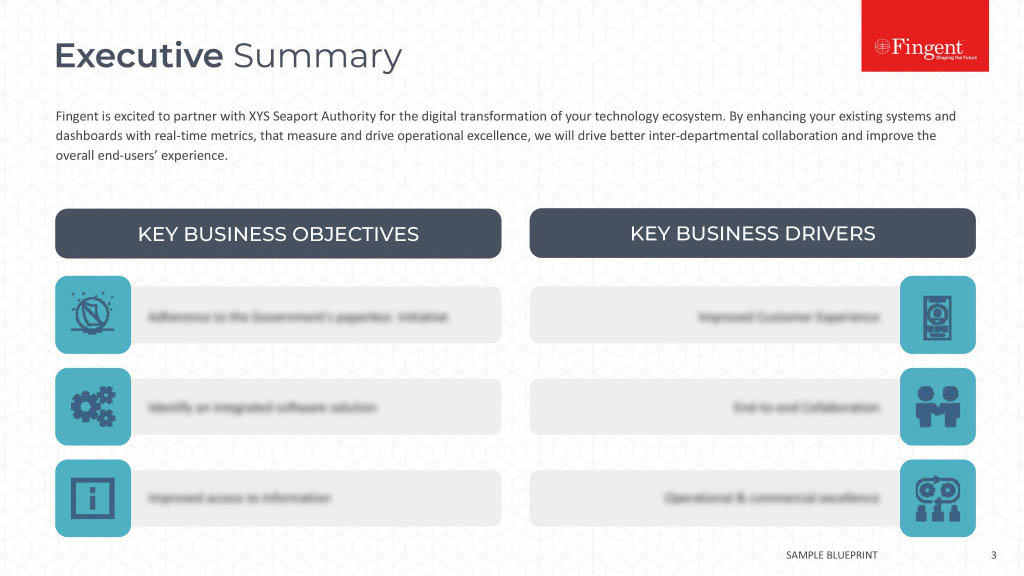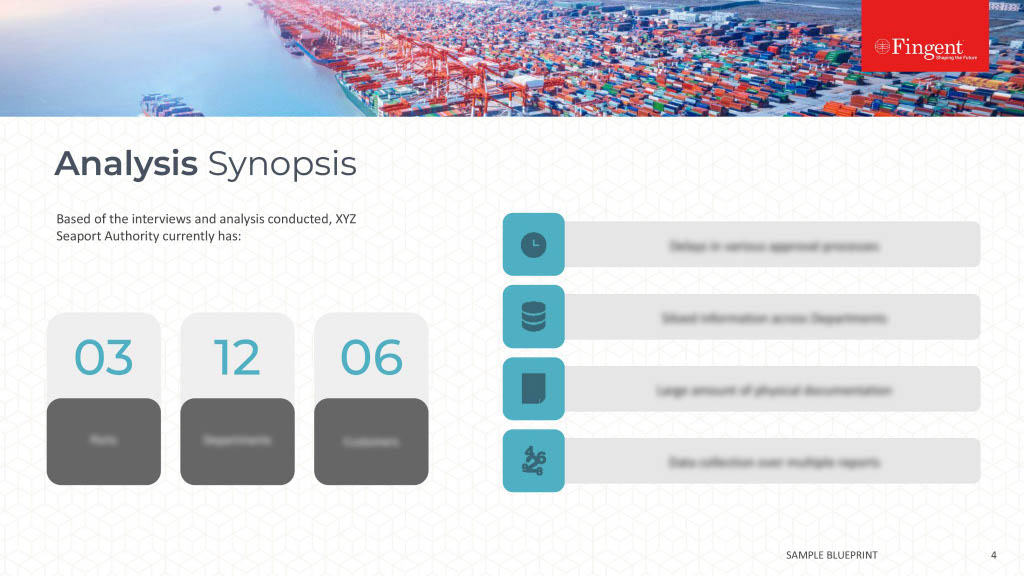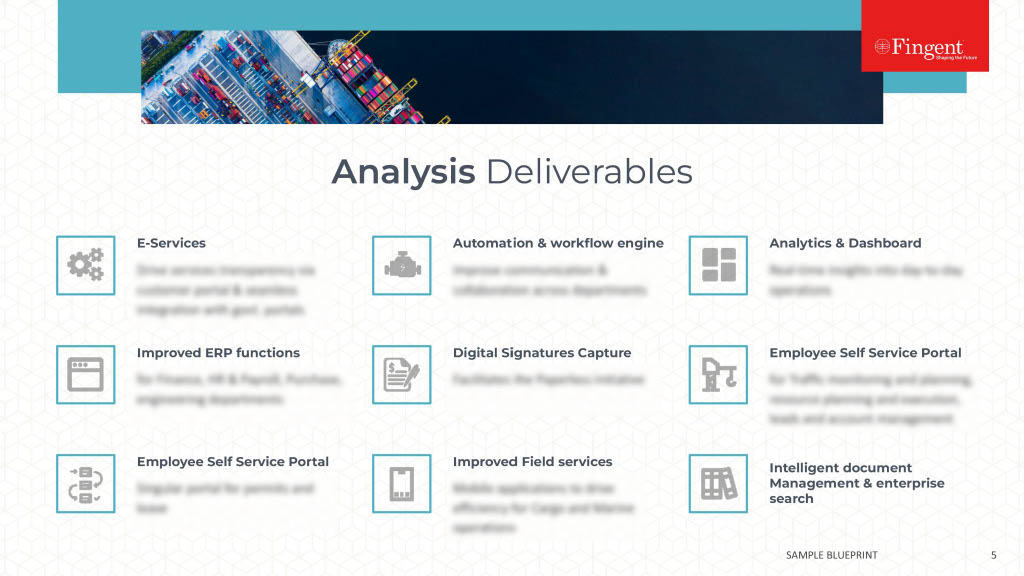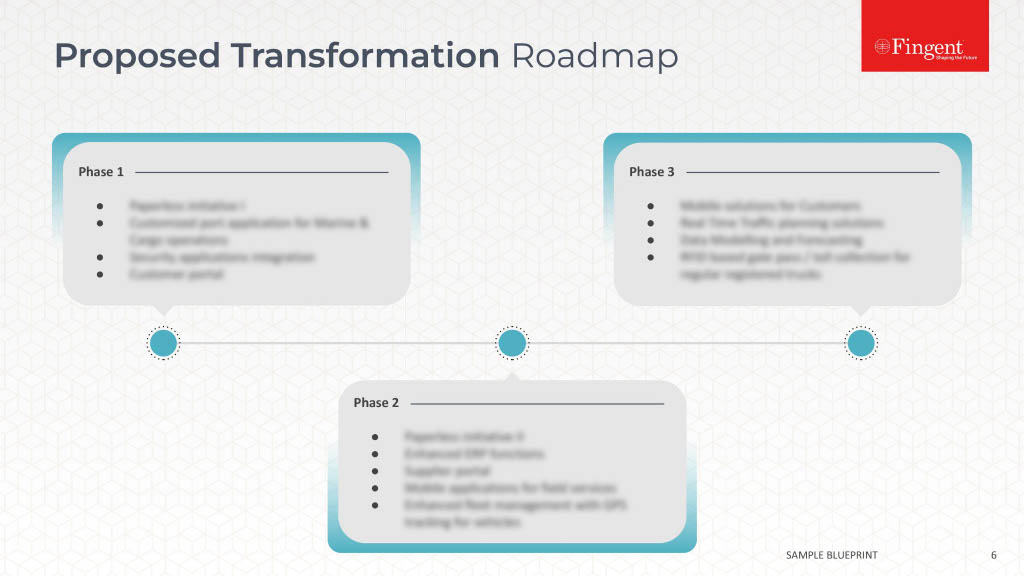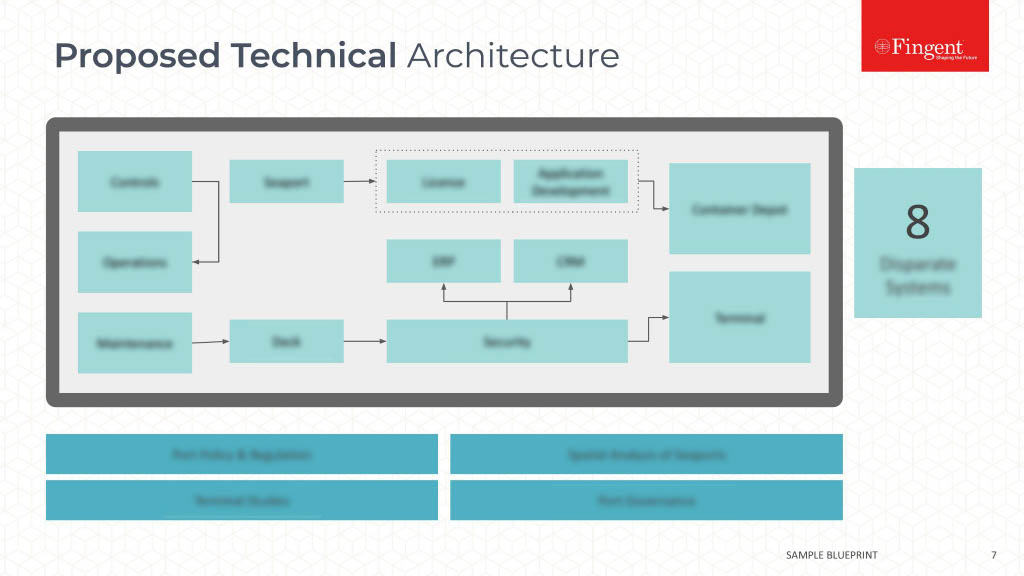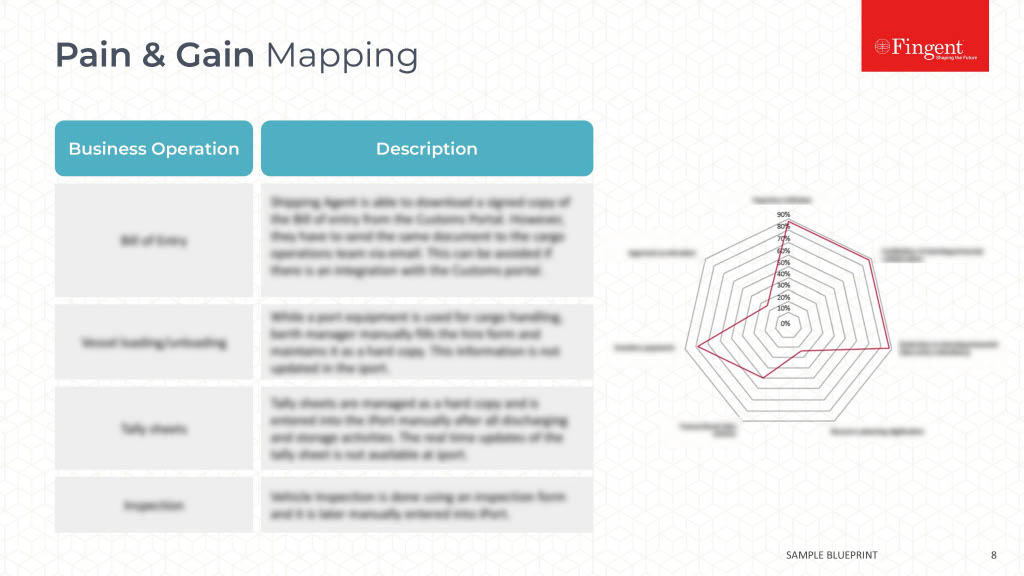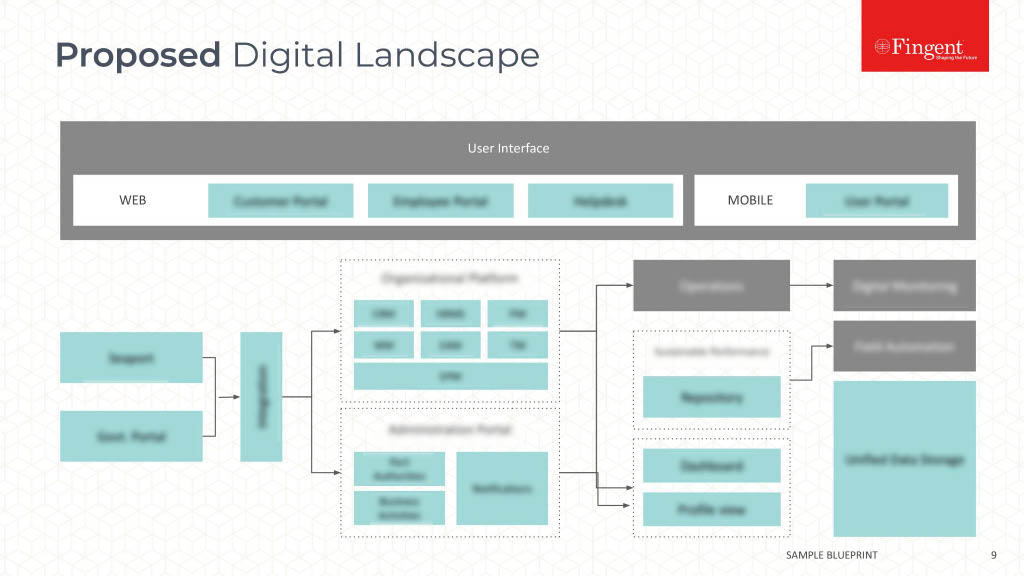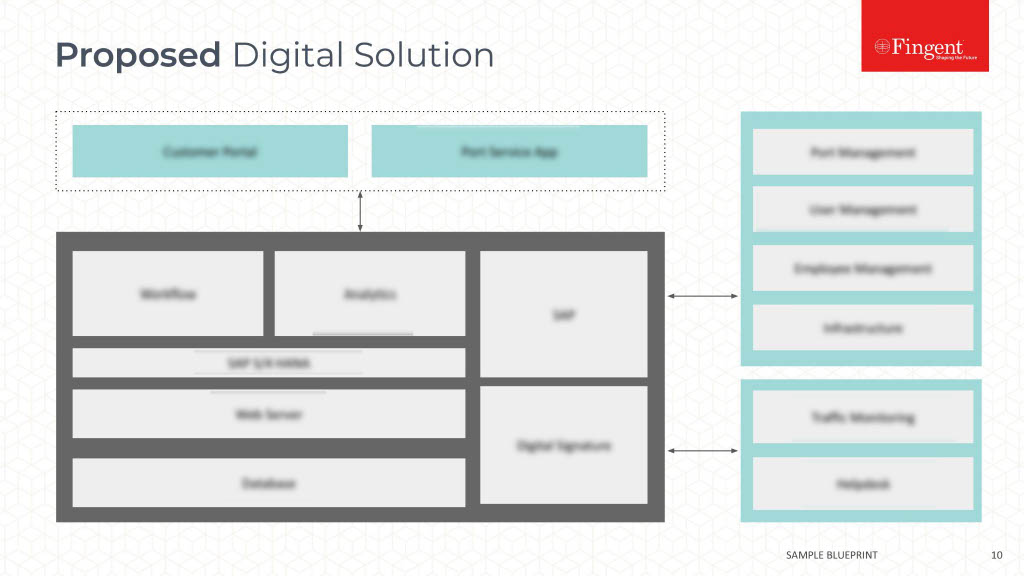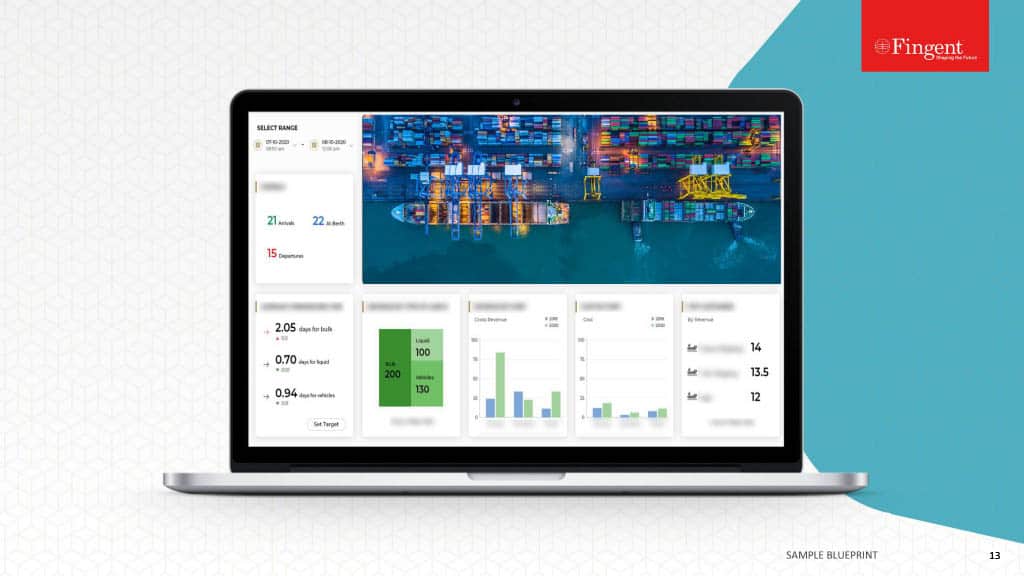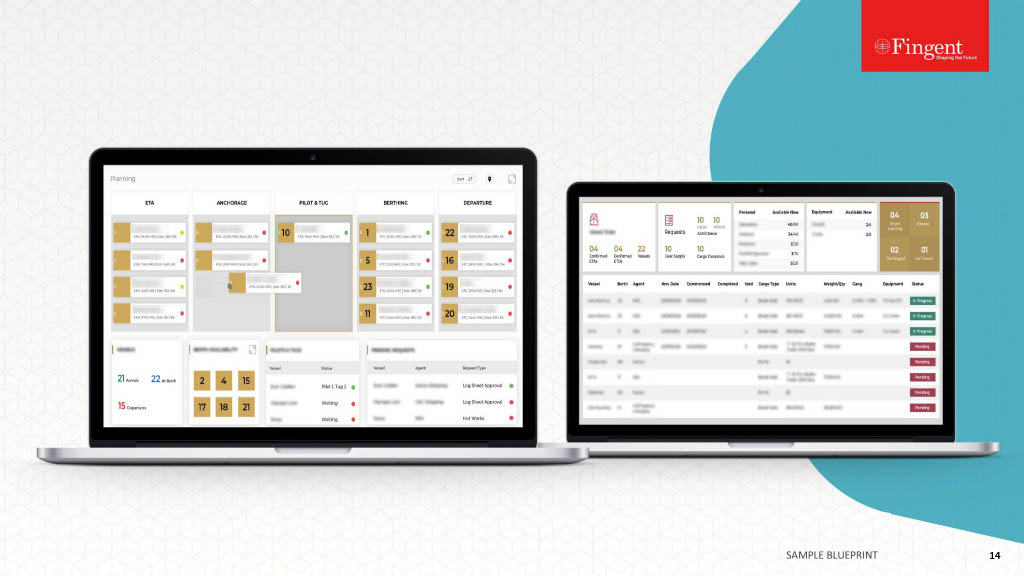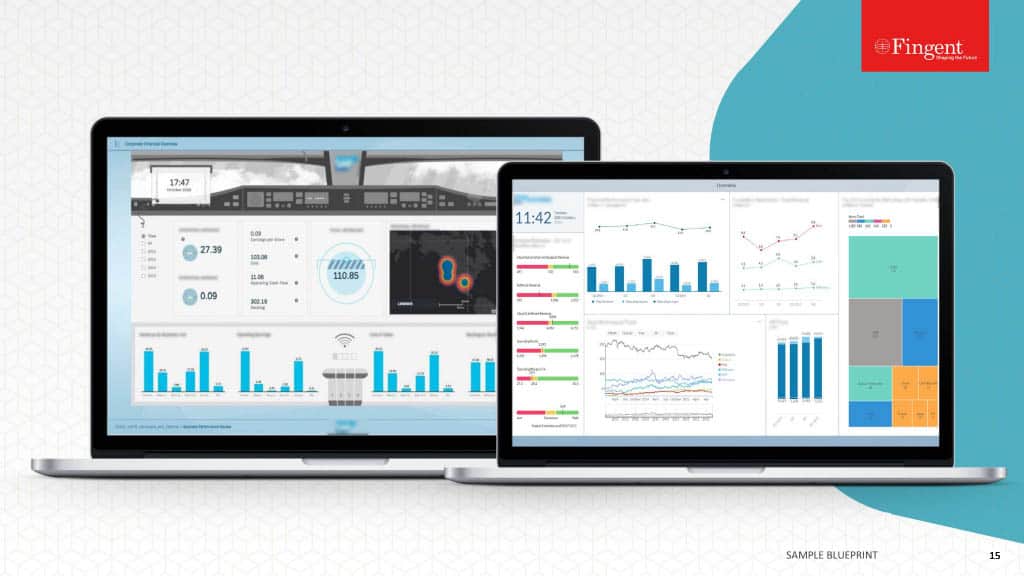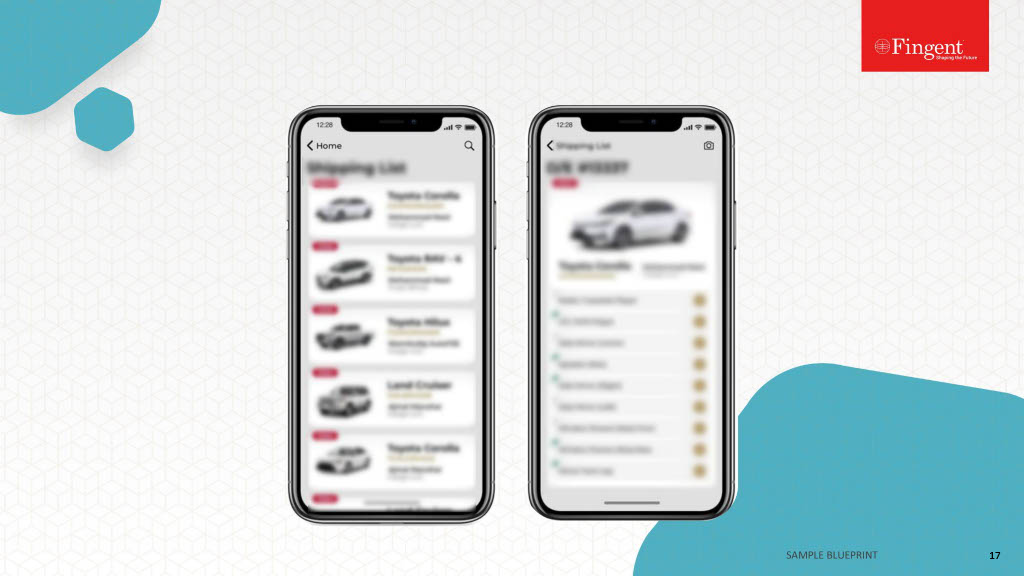Tag: business mobile app development
Technology successively progresses all around us; from the simplest basic Google searches to the working of aircraft, technology has indented its value in everyday life. Biometric APIs are not a foreign idea to us, and 81% of all smartphones have biometrics enabled. Passkeys (on Apple) and Google’s new standards will enable a new class of security with protection like never before. This article will discuss the rise of this form of authentication and its benefits over traditional passwords.
Security – A Major Concern
A big chunk of our daily lives revolves around our mobile phones; sometimes, it is the key to our survival. Once technology grew and mobiles were planted in people’s hands, brands and organizations became smart and decided to adopt their services into these devices. Online banking and payment methods, personal detail locks, and private picture archives evolved. These are just a few generic examples of the important things we trust our mobile phones to hold. This being the case, is it not all the more important to ensure that this technological linchpin is protected at all costs?
Cybercriminals can hack into almost anything today – cars, security cameras, door locks, baby monitors, smart TVs, and even healthcare devices. Mobile devices can be extremely vulnerable to hostile software, viruses, data leakage, and other mobile threats without tight security measures. In such situations, one can not rely only on traditional password-based systems because they will crumble under a brute-force attack.
The Rise of Biometric Authentication
In very simple words, Biometric Authentication is essentially authentication that utilizes biometrics modalities (fingerprint, facial recognition, retina scanning, voice recognition, and more) to detect and authorize the identity of the user trying to access an electronic gadget. An individual’s biometric features are unique to only themselves, and authentication based on them is guaranteed to be effective.
Here are some advantages of biometric authentication over traditional passwords:
1. High security and assurance – Traditional passwords and security codes are generally harder to remember. The biometric system eradicates this problem by offering different modes of verification instead. Additionally, since fingerprints and iris scans cannot be forged, sensitive data will remain more protected.
2. Offers The Best ROI – The biometric authentication system is famous for its matchless ROI. It is a single device that keeps a check of every employee’s whereabouts in a large enterprise. The device is significantly better than a human resource representative who would claim a hefty salary to do the same job.
3. User Experience – Using this system is very convenient as it is built into most devices. This system is highly cost-effective and extremely fast in processing. In addition, forgetting a password is an infamous mistake of most users, but with biometrics, it’s impossible to forget them.
4. Prevents forging – Since everyone has their own set of biometrics, the forging of authorization is very slim. (Unless someone decides to pull a 007 move and trace fingerprints)
Current Adoptions and Usage
The Cisco Report of Trusted Access in 2022 stated that 81 percent of all smartphones have biometrics enabled. Mobile biometric authentication can be used in numerous industries, some of which include –
1. Mobile Banking – Banks use biometrics to authenticate transactions taking place through mobile banking. They also use biometric authentication to verify customers when they try to access their mobile banking app or bank accounts. Most popular banks now introduce the fingerprint and touch method for signing into their mobile banking app.
2. Retail Shopping – Online shoppers tend to abandon their shopping cart or any purchases when they can’t remember their passwords, but facial biometrics can resolve this problem for online shoppers by providing a simpler login experience. This can directly increase retail business. Mastercard has recently introduced its Identity Check Mobile, a mobile-based biometric authentication solution that allows customers to verify their identity by sending a selfie to the online retailer’s website.
3. Healthcare – Biometric information from fingerprints, iris scanning, and facial recognition are helping hospitals to identify patients and retrieve their past medical history. Northwell Health exemplifies this use case by using iris scanning and face recognition to identify emergency patients.
Read more: How Businesses Are Using Facial Recognition to Create An Impact!
Enabling Secure Authentication with Biometric APIs
API stands for Application Programming Interface and when used in conjunction with Biometrics, it refers to the Programming interfaces of websites and applications that are powered by biometric modules. Mentioned below are the three main types of biometric authentication:
- Fingerprint Authentication – It is the most common biometric authentication method and involves scanning a user’s fingerprint.
- Face Recognition Authentication – As the name suggests, this uses the mobile device’s front-facing camera to scan the user’s face. It is very simple to use and offers a high level of accuracy.
- Iris Scan Authentication – The user’s iris is scanned for authentication in this method. Iris scan authentication is the most secure biometric authentication method as it is extremely difficult to forge.
As Biometric Authentication provides such enhanced security, almost all mobile phone brands have adopted this feature to enhance the security they can provide, thereby building more concrete trust with their customers. For iOS-running mobiles, the availability of biometric options such as Face ID and Touch ID depends on the device. All Android 10 and newer devices have biometric authentication for face and fingerprint identification.
Three distinct areas highlight how biometric APIs will potentially replace passwords:
- Security – Since each individual has unique biometric modalities, it comes as no surprise that security in biometric APIs will be far better than traditional passwords.
- Convenience – The main reason that most people despise passwords is because they can be hard to remember. Further, remembering the login passwords for all of these can be tedious since most have multiple accounts on numerous platforms. Here the use of biometric API helps again because with these APIs the need for remembering a password does not exist.
- Future proof – Progress in AI, sensor technology, and IoT will ultimately enable seamless biometric authentication. When seen this way, biometrics stands out as catering to current and future demands, unlike traditional passwords.
Benefits Of Biometric APIs For Mobile Applications
Traditional password-based authentication presents multiple challenges, including password fatigue, poor user experience, and pressure on support and IT teams when passwords need to be reset.
Biometric APIs address these issues with the following benefits –
- Reduced password fatigue – Customers are not required to memorize all their passwords when matters lie in the hands of biometric APIs. An added advantage is the mitigation of password-related risks such as weak passwords and password reuse.
- Multi-factor authentication (MFA) – SaaS companies can now imbibe another wall of security by collaborating the power of biometrics with other methods.
- Improved customer satisfaction – it goes without doubt that all these advantages of biometric authentication will ultimately win the hearts of customers.
- Enhanced security – the concept of ‘no passwords’ renders cyber attackers helpless as they have a much harder time invading laptops and smartphones that are protected with biometric authentication.
Few Successful Implementations of Biometric Authentication
Biometric systems are great and immensely beneficial wherever identification and authentication are critical.
Let’s quickly look at the most typical use cases of biometric technologies today:
- Law enforcement and public security (criminal and suspect identification) through the work of forensic analysts.
- Military (enemy and ally identification) under the leadership of the DoD Automated Biometric Information System.
- Border, travel, and migration control (traveler, migrant, and passenger identification) in the form of electronic passports.
- Healthcare and subsidies (patient, beneficiary, and healthcare professional identification) are seen with national identity cards used in European and Middle Eastern countries.
Concerns And Considerations of Biometric Authentication
Like any developing technology, biometric authentication has its fair share of considerations. Discussed below are a few of those:
1. Privacy and Data Protection Considerations – challenges in privacy arise when one realizes that biometric APIs can use your information without warning you about it at the time of registration.
2. Ensuring Accuracy and Reliability of Biometric Authentication – these are seen when there is an evident bias in the training data and declining access due to erroneous scanning and compromise of the biometric, for instance, a cut finger.
3. Regulatory Compliance and Legal Implications – when intermingling emerging technologies with biometric APIs, unexplored legal territories are bound to emerge and transcend the domain of human health.
Future of Biometric Authentication
Biometric Authentication, from its dawn, has shown true potential for progress, and it continues to be adopted into various fields of life. A TMR study predicted that the biometrics market will efficiently boom to $136.18 billion by 2031. Listed below are some trends in biometric authentication that will paint the sky in the coming years:
- Verification of Physical Identity – Biometrics powered by AI using cameras installed on-premises.
- Use of Newer Identity Markers – Modalities such as odor recognition, heartbeat pattern recognition, DNA signature, and hand geometry are being developed.
- Identity Proofing – the use of ‘liveness’ testing to guard against identity theft. This can also be accomplished with the help of AI.
- Healthcare Applications – Biometrics will verify the patient’s entitlement to specific medical treatments and medications.
Biometric systems have the untapped potential to enhance cyber functioning with biometric authentication and identity management systems. The list of actual benefits of these APIs is miles long, and the right use of these applications can benefit the entire world. Countries across the globe are adopting Biometric Authentication and systems. Will you?
Connect with Fingent top software development company to learn more about how you can leverage technology to enhance your business operations and customer experiences.
Stay up to date on what's new

Featured Blogs
Stay up to date on
what's new



Talk To Our Experts
Today we live in a world where machines possess an extraordinary ability to learn, reason, and make decisions, much like the human mind. This remarkable realm of technology known as Artificial Intelligence is not merely a product of science fiction or futuristic imagination. It has become an awe-inspiring reality that is transforming the landscape of countless industries.
But that’s just the tip of the AI iceberg.
In mobile development, AI can transform your customer’s device into a personal shopping assistant, a language guru, or a creative photographer all in the blink of an eye.
The integration of AI in mobile app development doesn’t stop there.
It unlocks a realm of possibilities for your customers, from personalized virtual assistants that organize their life, to fitness apps that act as their personal trainers, to healthcare apps that monitor their well-being.
But how do we understand the concept of AI in mobile apps?
Unraveling Artificial Intelligence in Mobile Apps
Simply put, AI is like the brain behind the scenes, making your apps smarter and more interactive.
One of AI’s superpowers is Machine Learning (ML). It’s like a super adaptable brain that learns from data and experiences. Machine learning algorithms analyze massive amounts of information to get better at tasks. They can recognize patterns, make predictions, and even understand your preferences.
Another clever component is Natural Language Processing (NLP). It’s like an AI language translator that allows you can talk to your app, ask questions, and it magically understands and responds. NLP allows your AI sidekick to grasp the meaning behind your words, making conversations with your app feel more human-like.
How does it help?
Read more: Understanding NLP: Will It Reign Supreme In Near Future?
From Mundane to Marvelous – Benefits of AI In Mobile Apps
Weaving the powers of AI into your mobile apps can enhance user experience. How? Like a brilliant and intuitive companion, AI-powered mobile apps can provide personalized recommendations. AI algorithms analyze user behavior, learn their tastes, and curate a world of suggestions.
Plus, it learns and grows with them. The more your customers use your apps, the smarter those apps become, tailoring their suggestions to your customer’s ever-changing whims and fancies and predicting their move, and effortlessly serving up what they need.
Read more: https://www.fingent.com/blog/is-ai-powered-mobile-app-what-you-need-for-your-business-now/
Key Applications of AI In Mobile Apps
AI brings a layer of intelligence to your apps that takes them to the next level. Here are some key applications that this has made possible:
1. Voice Assistants and Natural Language Processing
40% of mobile users use voice search at least once a day. – Comptia.
Natural Language Processing (NLP) enables the integration of voice assistants like Siri, Google Assistant, and Alexa into mobile apps. No matter how they phrase it, NLP enables your app to decipher the meaning and context of their spoken words.
It is capable of unraveling the intricacies of slang, deciphering accents, and even understanding complex sentences with multiple layers of meaning. It’s like having a language expert at your beck and call. But it doesn’t end there. NLP allows voice assistants to learn from every interaction, becoming more intelligent over time.
2. Personalized Recommendations
AI algorithms can analyze user data to provide personalized recommendations in mobile apps by utilizing machine learning techniques:
- Data Collection: Mobile apps collect user data through various means, such as user registrations, app usage tracking, explicit ratings, and implicit signals like clicks, views, and interactions.
- User Profiling: Such data is used to create user profiles that capture individual preferences, interests, and behaviors.
- Pattern Recognition: AI algorithms can identify similarities based on factors like item attributes, past behavior, and user demographics.
- Recommendation Generation: Based on the identified patterns, the algorithms generate personalized recommendations. For example, in a music app, the algorithm might suggest songs or artists similar to the user’s previous listening habits or recommend popular tracks among users with similar tastes.
The benefits of personalized recommendations for user engagement and satisfaction are significant:
- Enhanced User Experience: Users are more likely to discover new content they enjoy and spend more time using the app.
- Improved Discovery: Personalized recommendations help users explore new music genres, discover new movies or shows, or find products that suit their tastes, leading to greater satisfaction.
- Time and Effort Saving: With personalized recommendations, users can find relevant content more quickly and easily.
- Increased User Retention: When users receive preferred recommendations, they are more likely to remain engaged with the app.
- Business Benefits: Personalized recommendations result in improved conversion rates and increased customer loyalty.
3. Image and Video Recognition Tasks
AI plays a crucial role in mobile apps across industries, including e-commerce, social media, entertainment, gaming, and more. For example:
- Facial Recognition: This technology is widely used in mobile apps for various purposes, such as authentication, photo tagging, and personalization.
- Object Detection: With AI algorithms, mobile apps leverage object detection for a range of purposes, such as visual search and safety features.
- Augmented Reality (AR) Experiences: AI algorithms are employed in mobile apps to enable applications like virtual try-on for shopping, gaming, and navigation.
Read Case Study: How Fingent helped build a unique mixed reality application for a leading university that enables users to identify people using facial recognition!
4. Intelligent Chatbots
The integration of AI-powered chatbots in mobile apps revolutionizes customer support and interaction by enabling efficient and automated communication with users. Using AI algorithms, chatbots recognize the intent behind user queries and quickly search and retrieve relevant information to address user queries effectively.
Success Stories
Mobile apps have been able to enhance user satisfaction, drive revenue growth, and achieve operational efficiency, resulting in their success in the mobile app market. Here are some examples:
1. Instagram
Instagram, one of the “big three” social media platforms, utilizes AI algorithms to provide personalized content recommendations in the Explore tab. This greatly improves user engagement by helping users discover relevant posts and accounts. AI is also used for content moderation, and identifying and filtering out inappropriate or spammy content, thus creating a safer user environment.
Impact: AI integration in Instagram has contributed to increased user engagement by facilitating content discovery and improving user safety by detecting and removing harmful content. Today it is 4th most used social media platform and 5th most visited website.
2. Uber
Uber, a ride-hailing platform, employs AI algorithms to optimize its dynamic pricing system. Machine learning models analyze supply and demand patterns, traffic conditions, and historical data to determine surge pricing, ensuring efficient allocation of drivers and meeting high-demand periods.
Impact: AI integration in Uber enables efficient pricing strategies, ensuring the availability of drivers during peak demand and generating increased revenue for the company.
In 2022, Uber experienced substantial growth with a revenue of $31.8 billion, marking an 82% increase from the previous year. Furthermore, the number of completed trips also saw an increase, with Uber drivers recording 7.6 billion trips, exceeding the previous peak of 6.9 billion trips in 2019.
3. Amazon
Amazon, a leading e-commerce platform, extensively uses AI across its mobile app for personalized product recommendations, dynamic pricing, inventory management, and fraud detection.
Impact: AI integration in the Amazon app has led to increased user engagement by providing relevant product suggestions, improved customer satisfaction through personalized experiences, optimized pricing strategies, and enhanced operational efficiency.
In Amazon, it was observed that there is a 42% likelihood of a customer proceeding to a prospective product purchase. On the other hand, Walmart and Etsy have recorded figures of 16% and 13% respectively.
Amazon’s Alexa has taken over the world’s smart speaker industry, by securing an impressive 26.4% market share.
Emerging Trends in AI For Mobile Apps
Emerging trends in AI for mobile apps are shaping the future of mobile app development. Here are two key trends:
1. Edge Computing: Edge computing involves processing data locally on the device or in nearby edge servers, reducing the reliance on cloud computing. This trend enables AI-powered mobile apps to perform complex tasks and analysis directly on the device, leading to faster response times, enhanced privacy, and reduced dependency on internet connectivity.
Implications: The increasing adoption of edge computing enables apps to respond quickly to user inputs, process sensor data in real-time, and provide immediate feedback, leading to faster and more seamless experiences.
2. Federated Learning: Federated learning allows AI models to be trained collaboratively on decentralized data from multiple devices without transferring sensitive user data to the cloud. Each device performs local model training, and only model updates are exchanged, ensuring privacy and data security.
Implications: Future advancements will likely include greater transparency, explainability, and fairness in AI algorithms to ensure user trust and mitigate potential biases or discriminatory outcomes.
Personalize, Engage, and Future Proof with AI
In this era of technological revolution, artificial intelligence stands as a beacon of innovation and possibility. AI integration in mobile apps offers compelling benefits such as personalized experiences, improved user engagement, increased efficiency, advanced functionalities, data-driven decision-making, competitive advantage, and future-proofing.
These reasons make AI integration a strategic choice for app developers looking to deliver exceptional user experiences and drive the success of their mobile app projects.
By partnering with Fingent, you can leverage our expertise in AI and mobile app development to unlock the transformative potential of AI in your app projects. From custom travel apps to apps using AI enabled chatbots and virtual assistants, Fingent has created unique solutions for clients across the globe. Our commitment to delivering tailored solutions, adherence to data privacy, and end-to-end services make us an ideal choice for AI mobile app development.
Contact us, the leading custom software development company, and let’s explore the possibilities together.
Stay up to date on what's new

Featured Blogs
Stay up to date on
what's new



Talk To Our Experts
Frameworks are the backbone of mobile app development. They are essential to building dependable apps quickly. When choosing a framework, you can choose between native or cross-platform applications. Though both approaches have advantages, cross-platform applications work on multiple devices regardless of their operating system.
Different companies use different technologies to build and design great apps. Various company requirements have led to the emergence of four major frameworks in the market – React Native, Flutter, Ionic, and Xamarin.
If you are considering building a cross-platform application, you must understand the basics of the available frameworks and their unique strengths and features. Doing so will help you choose one that is most relevant to you. That is why we have put together this comparison. We will help you understand the key differences between Flutter, React Native, Ionic, and Xamarin.
Top 4 Characteristics to Consider While Choosing A Mobile App Framework Of 2022
The six most significant reasons to choose a cross-platform mobile development app are:
- Decreased development process
- Cost efficient
- Improved user experience
- Improved performance
- Improved quality
- Increased reach
You can determine the best mobile app framework based on the characteristics on which we can compare the four tools. Let us begin with features.
1. Features
Flutter
Flutter is the best UI toolkit that comes with fully customized widgets. Its layered architecture will ensure quick component rendering. Several popular organizations use Flutter. Its features include:
- Built-in Cupertino widgets
- Supports iOS and Android platforms
- It is comprehensive and precise
- Visuals are both appealing and engaging
- Ability to develop high-performance apps
- Rich motion APIs
Xamarin
Xamarin allows code sharing on multiple platforms. It is known to offer a development ecosystem with a back-end, API, and components. Xamarin’s’ features include:
- Faster development time
- Lesser bugs
- Best backend infrastructure
- A component store that contains cross-platform libraries, third-party libraries, and UI controls.
- Allows application indexing and deep linking
Ionic
Ionic is useful if you want to build interactive hybrid mobile and progressive web apps with cross-platform applications. It also has another lightning and powerful version called Ionic Studio that provides an easy visual development environment. Ionic’s features include:
- Fast and powerful
- Allows complete control over app building
- Allows development of both native and progressive web applications
- Easy to handle
- Allows for a single code base app building
React Native
React Native is a widely used JavaScript library that helps to develop rich apps to give the best user experience. It allows developers to create platform-specific versions of various components. React Native’s features include:
- Single codebase across multiple platforms.
- Low-code requirement.
- Declarative API for predictive UI.
- Compatible with third-party plugins.
- Supports both iOS and Android.
2. Development ease
Development of the app should be easy and should offer smooth user engagement.
- Flutter is known to provide the best. It is extremely efficient and offers great performance.
- Xamarin can be used to develop the UI. Using Xamarin.Forms to develop apps can reduce time and simplify the process.
- Ionic does not apply native elements. Instead, it applies Cordova to offer a native look and feel.
- React Native works in tandem and offers a better user experience similar to native apps.
3. Performance
Performance is a crucial factor to consider as it shows how apps will perform when different frameworks are used.
- Flutter tops all of the other apps in performance. It offers amazing speed as it uses Darts.
- Xamarin can be used to develop apps similar to native apps. It is focused on business rationale. On the other hand, Xamarin. Forms work with the concept of broad code sharing. This may decrease the performance of the code in various operations.
- Ionic does not offer performance similar to native apps. Since Ionic tools use web technologies to render the app, it tends to reduce the speed.
- React Native can be leveraged to build apps similar to native apps. It allows developers to use native modules for scripting code for complex operations.
4. Top pros and cons
Each framework has its pro and cons. Please take a closer look at them:
Flutter
React Native
Ionic
Xamarin
Read more: Top Technologies Used to Develop Mobile App
Identifying What Suits Your Project
Every situation is unique. It might turn out that your technical requirements will lead to a solution. Still, this is how you can identify what suits your project:
- Flutter is a good option if the existing tech stack no longer satisfies your needs but it should be a very careful choice for startups.
- Xamarin usually fits most projects. It might be a little tricky to have everything you want, but in the long run, you will get it.
- Ionic excels in terms of performance. If you are a beginner in cross-platform development, Ionic may be the best option.
- React Native works wonders for MVPs and projects that need heavy interactivity. However, if your project is loaded with performance-hungry features, it may be best to skip it.
How Fingent Can Be Your Right Mobile App Development Partner
As a leading custom software development company, Fingent has years of experience in developing apps using various platforms for app development. Our app development team has hands-on experience in developing iOS and Android apps. No matter how complicated your app idea is, we can help you find the best solution. Let’s get talking.
Stay up to date on what's new

Featured Blogs
Stay up to date on
what's new



Talk To Our Experts
Customer Experience – Two words that could make or break your business.
Today, customers expect businesses to provide nothing short of an excellent customer experience whenever and however they shop. This is going to be the main differentiator between you and your competitors. The race to own customer experience is on!
Some businesses are learning this the hard way, but you don’t have to. The solution is right here – Technology. Through this article, we want to help you understand how technology can improve customer experience. We will also discuss top technology trends to help your brand beat the competition.
But first, let us explain why customer experience matters.
Does Customer Experience Matter?
Did you know that 66% of customers expect companies to understand their needs and expectations?
Gone are the days when an unhappy customer used to complain directly to the brand. Today, they choose to complain to the rest of the world through social channels such as Twitter, Facebook, Instagram, and more. Creating a powerful and memorable customer experience is more complicated than ever in such a scenario.
While that is true, it is also true that these customers share positive customer experiences on these platforms as well. 71% of customers recommend a product or service just because they received a “great” customer experience.
As a brand, you may define your brand’s promises. However, the customer decides whether or not your brand delivers on its promises. According to market research by Gartner, customer experience drives over 60% of brand loyalty.
To satisfy customers, most businesses hire and train good people. But that is not sufficient. They need tools that will help them deliver a top-notch customer experience and make them want to come back to you. Using technology for customer experience can build your brand through satisfied customers.
That takes us to the next intriguing question: How does technology improve customer experience?
How Does Technology Improve Customer Experience?
Technology for customer experience gives customers unlimited access to information, allowing them to demand products and services whenever they want. As the speed of technology to enhance customer experience accelerates, businesses must evolve quickly. Brands that use technology to enhance customer experience will thrive, but you can be sure that those that are slow to react will not survive.
Here are three key ways in which technology enhances customer experience:
1. Increased opportunities
Using smartphones, customers can research products, raise queries, and purchase products or services no matter where they are and what they are doing. A study revealed that consumers in the UK spend over 22.8 billion pounds per year on online shopping while using public transport.
With consumers becoming hyper-connected, businesses need to leverage increasing opportunities to engage new and existing customers. Technology can help companies integrate all marketing channels to deliver a cohesive customer experience irrespective of their channel. Technology can help you use customer data effectively to deliver seamless experiences.
2. Reach every audience segment
According to a Google report, 90% of online shoppers use more than one device to shop. A shopper may use one device to search for a product and another to check the pricing and complete the purchase.
Businesses need to be available with the right messaging at the right time. Technology for customer experience will help you reach your customers on any device. Technology can enable you to provide contextually relevant experiences that engage customers in the right place, at the right time, and with the right message.
3. Communicate better
Most customers switch brands because the purchasing process is too difficult. Technology offers solutions to reach customer demands. AI-powered chatbots enable your brand to communicate better with your customers.
Since chatbots provide detailed records of conversations with customers, you can use that data to analyze to reveal insights on consumer pain points. You can use these insights to improve products and services.
Top Technology Trends That Improve Customer Experience
1. AI chatbot
AI chatbot is restructuring the way brands communicate with their customers. These conversational AI chatbots are responsible for creating a personalized customer experience, making sentiment analyses, and more. Consider a use case:
Fingent helped one of the oldest state universities to develop an AI-driven ecosystem that allows students to interact with an AI chatbot (teaching assistant). These are built to be trained and allow instructors to upload the content that students need. These chatbots can manage student queries and allow for keyword and tag searches of teaching material.
2. Virtual reality
Virtual reality is a game-changer enabling customers to educate themselves about your company. Plus, VR redefines how your sales reps understand customers, increasing their empathy and enabling them to suggest better solutions to their issues.
Fingent recently built a highly interactive visual medium to enable medical students to quickly gain efficiency in stand medical procedures.
3. Augmented reality and 3D configuration
Augmented reality is considered a boon to improving the digital customer experience. It gives customers a clear picture of your product, helping in quicker purchasing decisions.
Fingent helps build interactive mobile apps that enable 3D purchase decisions. It also develops agnostic web solutions for eCommerce to better use AR capabilities.
Fingent- A Perfect Partner to Create Custom Technology Solutions To Enhance Customer Experience.
The impact of technology is a powerful catalyst for change, and the speed of that change is getting faster and faster. Fingent can help you identify technology trends and capitalize before it is too late.
You must acknowledge and meet consumer demands for your business to increase market share and stay relevant. Marrying customer service and technology can drive customer delight.
Fingent brings you deep expertise in experience strategy and design, harnessing best-in-class solutions. We can help you drive transformation across the customer lifecycle, sales, marketing, and more.
Fingent top custom software development company is equipped to provide support across channels. Our quick and easy setup allows you to cut time and lower costs. With the help of AI and automation, we can route your tickets to the right agent and boost customer satisfaction. Find out more about us and chat with our experts to see how this can be done.
Stay up to date on what's new

Featured Blogs
Stay up to date on
what's new



Talk To Our Experts
Everyone uses software products. From toddlers to grandparents, in one way or the other, almost everyone has used a software product. The number of mobile devices operating worldwide stood at almost 15 million in 2021! Today, software development permeates the entire world. You are reading this blog on a device whose lifeblood is software. It is no surprise that businesses invest in software development. But what is the cost? That is probably the single most important question to businesses intent on making wise business decisions. This article discusses everything that may affect the cost of app development in 2024 to help you estimate the cost of your app development.
Is App Development Necessary for Your Business?
Adding to the Statista report that put the 15 million number on the number of mobile devices, did you know that the number of mobile app downloads surpassed 200 billion in 2019? And there is no slowing down.
Along with mobile devices, there are other devices like tabs, laptops, and desktops. And we know that all of these function by the operating system. The operating system is a piece of software with lots of integrated functions known as software.
Individuals and businesses across the world depend heavily on software and enjoy many benefits. In this digital age, the software is essential to run different operations in transportation, electrical grids, and many other functions that offer the basics of life.
To the question “Is App Development Important?”, the answer is a resounding YES. Now to the costs involved.
App Development Cost Estimates For 2024
It is important to remember that app development cost depends on various factors. Mobile app development costs will be different than web app costs. The cost could also depend on the complexity of the app.
A small app with core features can be developed at lower rates. However, a complex app with intricate features will be expensive. Building a minimum viable product may cost less than $10,000. On the other hand, if you want an app that is compatible with both android and iOS platforms you will need a bigger budget.
App development cost also depend on whether you develop the app in-house or outsource it. Before you choose to develop it in-house you must ask yourself if your team has the necessary experience to take an app from design to delivery.
If you do not have the expertise on your team, it may ultimately end up costing you more in terms of lost work and demoralized teams. Otherwise, the best option is to seek out an external partner who can develop an app for you.
Read more: Top Technologies Used to Develop Mobile App
Keeping all this in mind, is there a formula to calculate app development costs?
Top Factors That Drive App Development Costs
1. Based on the complexity of the app
A simple app might take hundreds of hours while a complex app might take thousands. These hours also depend on how efficient the developing team is.
A simple app includes basic features like a login screen, user account, admin tools, and so on. It may have limited integration with other apps. Thus, it may take about 3 to 6 months to develop.
Along with all the features of a simple app, a complex app includes features such as integrations, profile feeds, enhanced admin tools, media streaming, and more. Such an app would take 6 to 12 months.
The most complex of all is an advanced app. This includes multi-language support, versioning, lots of user customization options, AI and AR, and more. This could take somewhere between 12 to 24 months.
2. Based on region
You will find potential developers around the world, over various time zones such as the US, India, and Europe. Each of these areas has expert developers but their rates vary depending on their location.
3. Based on development stages
The budget of the project starts to become clearer during the research stage. In this stage, you will be able to clarify your requirements and finalize goals and deliverables. You will also be able to assess risks and threats.
The next stage would be designed where the development team needs a clearer idea of what the app should look like. This stage will take longer and will be more expensive depending on the complexity of the user interface and so on.
During the development stage, each feature will add to the cost. The next stage of testing may require human users to ensure the correct functionality, and this will add to the cost. The final stage is maintenance and support. Bugs and unexpected behavior will need to be addressed; hence, it is important to budget in the final phase.
Watch now: How To Choose The Right Mobile App Development Approach
Top Ways In Which One Can Initiate Cost-Effective App Development
Are you wondering how you can get the app that you wanted in your limited budget? Here are a few tips that help you initiate a cost-effect app development.
1. Use software development kits wherever you can: Software development kits could trim weeks or months off your development schedule. Thus, reducing thousands off your development budget.
2. Find a vendor that can design and develop: Finding a vendor that does both designing and development can help you deal with communication problems and optimize workflow.
3. Get the MVP made: Getting the MVP made and testing on your users will help you identify what needs to be added. Eventually, your full-featured app will be ready. Besides, you will also learn how to optimize your budget.
4. Cross-platform development: Opting for cross-platform development can heighten your potential to reach a wider audience.
5. Do not rely on older operating systems: Just a couple of years older can make a huge difference. It is worth the effort to focus on consumers who keep up to date.
How Can Fingent Help Develop Top-Notch Apps On A Budget?
We at Fingent custom software development experts understand considering how much it costs to develop an app can be an overwhelming experience. How about a consultation with our expert to get a quote?
We assure you that we have the specialized skill and experience to build a successful and budget-friendly app. Don’t take our word for it. Have a look at some of our case studies.
As your technology partner, Fingent can bring your brilliant ideas into digital reality!
We have helped many businesses grow their business with our innovative, modern mobile app solutions. Take a look at our most success stories here!
We can help you too. Connect with our experts today!
Stay up to date on what's new

Featured Blogs
Stay up to date on
what's new



Talk To Our Experts
Stay up to date on what's new

Featured Blogs
Stay up to date on
what's new



Talk To Our Experts
Progressive Web Apps: New Cutting-Edge Trend in Web Development
Speed and convenience have become crucial in keeping online shoppers engaged. Progressive Web Apps development is a solution that allows the shopper to enjoy an app-like experience via a website (using web browsers). Users can install the PWA application from the browser window and access it just like a native app. In addition, progressive web apps improve the quality of your web applications, making them reliable, fast, and engaging.
Are you considering PWA for your business growth? Is it worth exploring this option? This blog will help you take a closer look at why Progressive Web Apps are turning to be the new cutting-edge trend in web development.
What is a Progressive Web App?
Frances Berriman and Alex Russel coined the buzzword “Progressive Web Apps” in 2015. To date, PWA has been a big player in this mobile-first world. Progressive Web Apps (PWA) have caused digital marketers to rethink how they design and deliver sites.
Progressive Web Apps can deliver a blazingly fast and slick app-like shopping experience to the end-user. It combines the best of two worlds: your website and the native application. It can be called a hybrid app as users can now browse your website on their mobile. Besides, PWA promises to solve two vital issues:
- Performance and usability
- Mobile-web conversion rates
Read more: Native Apps vs. Web Apps: Choosing the Best for Your Brand
Business Benefits of Progressive Web Apps
Several companies that focused their efforts on PWAs instead of having a separate native app have experienced increased conversions. A best case in point is the world’s largest online B2B trading platform, Alibaba.com. Alibaba.com increased its conversion rate by 76% across browsers after upgrading its website to PWA.
Here’s how your business can benefit from PWA:
1. High-performance rate
Response time is crucial for audience engagement and better conversion rates. PWA responds quickly as the browser uses caching to save the elements of the layout that are repeated in the template. This improves the speed of downloads and reduces page load time. Subsequently, better performance leads to a better user experience, which in turn increases customer retention rates.
2. Ease of use across multiple devices
Progressive Web Apps are built with a responsive layout in mind for an improved user experience. A responsive design will fit into any size of the screen with ease. In other words, PWA will adjust the experience as per the device screen size. You can further improve the user experience with a PWA manifest file that controls the full-screen view.
3. Seamless browsing experience
A traditional website is virtually useless without a stable internet connection, but not a Progressive Web App. PWA can be easily viewed offline as service workers automatically cache important application features and information from the user’s last online access. This way, the user can access it without any network. Plus, you can add a brand logo, product descriptions, and few advanced features to your offline page.
This is an additional incentive for shoppers to choose businesses with a Progressive Web App over those that use native apps. Such a seamless browsing experience rewards you with better engagement rates and customer retention.
4. Resembles native-built applications
PWAs can be designed to look and behave like native apps, or they can be designed to let users know they are browsing the Progressive Web App. Regardless of the developer’s choice, it can contain a complete set of traditional app functionalities with database access. The best part is that you can seamlessly integrate the application into an existing website or an app.
Watch Video: Fingent software development experts can help you choose the right mobile app development approach by evaluating your requirements.
5. No installation is needed
Shoppers can download your app directly onto their devices. Once downloaded, it gets its own icon on the screen, just like a traditional mobile application. This will avoid the slow and complex installation process, improve user experience, and reduce user abandonment.
Here is another way it can benefit you: users can easily access the PWA via a URL. In other words, a user can easily share this link with a friend contributing to increased leads.
6. No manual updates are required
Native apps must be updated periodically through mobile internet or a WIFI connection. Such updates can consume large amounts of data, which may be costly for some users. Fortunately, Progressive Web App updates are performed “on-use,” much like how a website is updated.
7. Low development cost
Developing a mobile app can be a costly process, especially for small businesses and startups. Thankfully, PWA development is much cheaper than traditional app development but provides a better option for companies to generate a positive ROI.
Read more: Mobile app development: 4 tips to consider
8. Wide range of features
The most prominent feature of PWA is push notifications. Publishers and developers can use this feature to implement creative advertising solutions. As the push notifications appear on a shopper’s device screen, it is read more often than emails or updates on social media. This can lead to valuable brand awareness and promote products or services.
9. Improved app and data security
Security has been a concern for both users and developers. According to new standards of web design, all customer information must be moved to HTTPS. So it is highly convenient to launch Progressive Web App within a safe environment. Moreover, it builds customer confidence in the security of their personal information as they enter sensitive data into your PWA.
10. Low data and low storage
Data is costly in some developing nations. That is why it is a bonus that Progressive Web App consumes only a fraction of data usage compared to native apps. Moreover, it does not take up significant storage space on devices, so users are more inclined to use a lighter app on their smartphones. Also, it contributes to better performance.
Read more: Building a Business Mobile App in 2021? Here’s What You Need to Know
Progress with Progressive Web Apps
Progressive Web Apps are the future of web-hosted apps as they can overcome the inherent limitations of web performance and insufficient or unavailable internet connections. Since PWAs can run on any modern platform, soon they will overtake truly native apps. Yes, PWAs have the potential to change the way the web works. However, Progressive Web Apps will not replace websites and mobile apps altogether. It is still in its infancy. To know which option is best for your business, have a chat with the technology experts at Fingent.
Stay up to date on what's new

Featured Blogs
Stay up to date on
what's new



Talk To Our Experts
Mobile application development is the #1 priority for businesses and enterprises in 2022. Are you well-equipped to plan your requirements and develop a robust business mobile app?
Mobile app development in 2024: Practices you should follow
As consumer behavior continues to evolve, more and more businesses adapt their strategy to earn customer satisfaction. With the increased public usage of smartphones, e-commerce and mobile backing experience a significant boom. A mobile app is essential for running a business successfully, and its significance has been more than ever before.
A mobile app is not just a mobile version of your website but is a crucial engagement and experience-driven environment needed for a cohesive customer journey. A mobile app can help build a strong mobile presence and attract a large audience towards your services or products.
According to a survey, by 2022, there will be around 7 billion mobile users worldwide, and by 2022, it is estimated that the annual mobile app downloads will reach 258 billion.
According to the ContractIQ survey, roughly 62% of businesses already have an app or are in the process of developing one. 50% of these businesses use their apps for support and engagement, 30% for revenue generation, and 20% for branding. Many companies are investing in mobile apps as they help generate new or expand an existing business.
With many countries still under lockdown and others following social distancing, the demand for apps such as digital payments, groceries, and entertainment has increased tremendously. Many enterprises and businesses have resorted to digital platforms and are reaping their benefits.
Here, we have discussed the importance of investing in mobile apps for your business and how it can boost your business growth even during a pandemic.
Why invest in mobile apps?
With more people turning to mobile apps to interact with brands, businesses’ mobile presence has become necessary.
In general, mobile apps help boost sales, provide a better customer experience and become more competitive.
According to a research by Clutch, two main reasons by which mobile apps facilitate business growth are:
- Improving customer service
- Providing a return on investment
Read more: Mobile App Development: 4 Tips To Consider
Five ways mobile apps benefit your business
1. Adds value to your customers
Customer engagement is the most significant aspect of customer relations, interactions, and transactions. When someone looks for your product or service, it’s essential to keep the person engaged.
You will have to increase your interaction with the customers for better promotion of sales.
So how does a mobile app fit in here? Starbucks’ mobile app is the best example of successful digital engagement that’s both innovative and inviting. Its user-friendly mobile experience, engaging loyalty program, mobile pay and ordering, and integration with other platforms and services make the coffee chain a customer experience leader.
To put it simply, a mobile app like Starbucks can offer an outstanding and engaging digital experience to customers.
2. Boosts brand building
In the past, brands used to advertise their services through posters, calendars, refrigerator magnets, billboards, and hoardings. Companies imprint their brand logos on such mementos to increase their visibility.
Today, a mobile app is capable of replacing all these. A mobile application can promote brand awareness and recognition among customers and be an effective communication channel. By regularly interacting with your target audience through the mobile app, you can earn customer trust.
Customized mobile apps help educate your customers about your brand and engage them effectively. The more they listen to you and your sales pitches, the more they will commit to your brand.
Read more: Top Technologies Used to Develop Mobile Apps
3. Increases sales
You can incorporate different loyalty programs into your mobile app. It will make your customers revisit your store (digital/ physical) and spend more time. Offering rewards in tiered layers allow customers to earn better incentives as they move from one level to another. It will help boost brand recognition.
Gamification is another way by which you can reward winning customers and provide discounts and prices to pre-defined activities such as sharing pictures or a notification. Scratch-and-win is another feature that can help raise engagement among users. It can work well for both customers and vendors.
4. Improves efficiency
Integrated shopping carts with food ordering and scheduling allow the business to house these functionalities like a digital footprint within the app. For instance, if an eatery incorporates an online food ordering system within its app, it will more likely see a significant increase in online and in-app ordering. Similarly, if a retail business collaborates with an e-commerce system, it will see a productivity improvement and eventually overall sales. With mobile apps, companies can enhance user engagement with inbuilt scheduling software that notifies users about the schedule.
5. Build a loyal customer base
Having a loyal customer base is very critical for any business. A mobile app is one of the best ways to engage with customers and create a loyal customer base. An app allows customers to interact with your business at their convenience. With referral programs, you can encourage your clients to refer your products or services to others.
If you are not convinced with the above points, here are a few more reasons to consider incorporating mobile apps into your business strategy.
- Notify users about your new offers and products
- Reach out to younger audiences
- Sync email and social media accounts of users
- Stay ahead of the competition
View infographic: All you need to know before selecting a mobile app development method
Consider a few things before getting started
Planning your mobile app
Before developing your mobile app, you must plan. You need to outline details like objectives, budget, specifications, and scope. Get a clear picture of your app before sending it to a mobile app developer so that you can be quoted accurately, reasonably, and realistically.
Choose the right developer
We may sound a little biased here. However, we need to say that we’re helping brands worldwide to realize their visions w.r.t. their mobile apps. We provide consistent, high-quality, and cost-effective results with robust, agile teams and dedicated QA practices. Our software development experts can help you identify your requirements precisely, select the technology and framework needed to build your app, customize the app according to your requirements, and update and maintain it regularly.
Watch video: Fingent can help you choose the right mobile app development approach by evaluating your requirements.
If you’re not sure how or where to start with your enterprise or business mobile app, we’re here to help. Fingent’s mobile app development team has curated an app specification template that is simple and straightforward. Please fill out this template and share it with us. Our expert will get back to you with the answers.
Alternatively, you can send us your requirements and queries by clicking here.
Stay up to date on what's new

Featured Blogs
Stay up to date on
what's new



Talk To Our Experts
All that you need to know about React Developer Tools
React is an incredible framework for frontend development. It also facilitates mobile app development for multiple platforms. React was a game-changer for IT companies in the USA and across the world, and developers were thrilled when Facebook announced its launch. This post explores the features of React developer tools.
If you are into React development, you must have tried the official chrome React developer tools. This React devtools extension lets you debug your components and is available even as a standalone application. React developer tools help us smoothly create interactive UIs and React is able to reconcile changes to the DOM in a performant way.
The React Developer tool is undergoing constant development with new features added to it regularly. It is an essential instrument you can use to inspect a React application. This article lists out the features of React Developer Tools that you might like to try out and also discusses the best IDE for React.
Read more: React Native App Development – React Native Or Flutter – The Better Choice For Mobile App Development
Inspect and Debug
It is possible to use breakpoints, step-through, and logging to debug a React app. But it can become difficult especially if you have to debug an application that you haven’t seen before. By installing React developer tools, you can overcome some of these challenges.
Installing React Developer Tools
You can install React developer tools on the browser you are using to run the application. One of which is the chrome React developer tools extension. It is available in the appropriate extension store. Once it is installed, either as a browser developer tool or as a standalone application, two new tabs will become available: Components and Profiler.
Components Tab
The Components tab allows you to see the root React components that were rendered on the page and the subcomponents that they rendered. You can inspect and edit its current props and state in the panel by selecting one of the components in the tree. It allows you to inspect the selected component, the component that created it, and the component that created the second component and so on.
While inspecting a React element, switching over to the React tab will automatically select that element in the React tree.
Profiler Tab
The Profiler tab is an incredibly powerful feature introduced in 2018. React Devtools provides a profiling feature that allows you to see a summary of how your application re-renders. Just like the regular JavaScript profiler, you will have to “record” a set of interactions. Once you start the recording, React Devtools will automatically gather the performance information each time your application renders. You can continue to use the app as you normally would. Once you’re done with profiling, click the ‘stop’ button. Now you will be able to see a visualization of each re-render with accurate timing information and color-coded flame graphs.
Read more: Web Development Stacks – Top 6 Tech Stacks That Reign Software Development in 2020
Best IDE for React
A good IDE for React is a must to get started with the React ecosystem. Selecting the best IDE for React from among the many that are available out there can be a daunting task. This section will help you make a choice from both the free as well as the paid IDEs.
1. VS Code
VS Code is a Microsoft product and is available for free under open-source MIT license. You can download and set-up VS Code on Mac, Debian, Windows, Ubuntu, Red Hat, SUSE, and Fedora. It can be used for various programming needs. Being the most used free IDE, it is loaded with many useful features.
The plugins enhance JavaScript programming as well as the development experience with React and React native and more.
2. Reactide IDE
Reactide is comparatively new but is gaining popularity among the community of React web app developers. It focuses on web apps development. It is entirely dedicated to React-based application development. It is a one-click setup that installs and runs a custom browser simulator. It spares you from switching between code files and the browser to check the changes made. It is a cross-platform, open-source, free tool.
3. Atom
Atom is among the most popular open source text editors for modern programming. Built by GitHub, Atom comes with Git control and hence fits seamlessly in the GitHub ecosystem. It is a desktop-based application that is used for building apps using web technologies.
4. Rekit studio
Rekit studio is focused specifically for developing apps using React. It works both as an IDE and as a toolkit that can be used for developing scalable web apps using React Router, React, and Redux. Since Rekit has its own Rekit studio, things remain simple and controlled. It is a favorable solution for small scale developments.
5. VIM
Although it is one of the oldest IDEs, VIM has remained the favorite for some developers. Its popularity can be gauged from the fact that Facebook developers used it in the early days. It comes with many features for fast code writing using a keyboard. Using various available plugins for JavaScript and React, VIM can be transformed into a powerful IDE.
These are some of the features that we hope you will find helpful. If you have any questions on React Developer Tools or want to see how this can benefit your business, please let us know.
Stay up to date on what's new

Featured Blogs
Stay up to date on
what's new



Talk To Our Experts
Address Your Parking Woes With Intelligent Parking Management
Many of you might have experienced the frustration of finding a spot to park your vehicle while going for shopping in the crowded shopping plazas. In today’s rapidly growing urban centers, the first touchpoint for a business to focus on is to eliminate the frustration that accompanies the search for a parking space. The objective of this blog is to help businesses enhance their customer experience with an intelligent parking system.
How Crucial is Parking Space in Enhancing Customer Experience?
Traffic congestion has been a major problem in many cities around the world. As a result, hours are lost in search of a parking space. A commuter in Sydney spends around 156 hours annually trying to find a parking space. This definitely adds to their frustration and creates a bad experience even before customers have stepped into your store.
One in three customers will walk away from their favorite brand after just one bad experience. Hence, it’s important to ensure that your customers have convenient parking spaces while they visit your store. This can go a long way in mitigating the risk of losing your customers and saving your reputation on social media.
The role of parking facilities in a customer’s decision to visit your store is emphasized in the Google Reviews feature as well, where visitors are prompted to mention if the store has parking facilities or not. Parking is, therefore, an important aspect of your customer experience.
Read More: Ways to Leverage Smart IT Solutions for your Retail Business
What is an Intelligent Parking System?
An intelligent parking system uses technology to help drivers find and navigate their way to a parking space quickly and easily. It also helps them find alternative routes when there are traffic congestions. This way, intelligent parking systems offer your customers greater convenience.
An intelligent parking system draws customers to your business by using automated parking systems, mobile apps, and street-side sensors. The advent of smart technology has given rise to complex systems that can integrate with other connected systems. This means that businesses can now have a platform that uses relevant information to improve parking management.
What adds to the appeal of these sophisticated parking management systems is that they are extremely easy to use. They just have to download the application from app store to their smartphones. The intelligent parking management system enables parking operators to maintain real-time information on parking availability in street-parking locations, vertical parking structures, underground parking areas, and more. Your customers can access all of this information through the application on their phones.
Read More: How Connected Transportation Will Disrupt the World
How Does the Parking Management System Work?
A parking management system depends either on vehicle movement detection or vehicle video tracking. This uses technologies based either on sensors or on cameras. Each parking area can be installed with sensors or cameras at the access and exit points. This helps in tracking incoming and outgoing vehicles.
Sensors are being successfully used at a single level, multi-level and even on-street parking spaces. When these sensors are installed at each parking spot, accurate data about specific vacant parking spots can be obtained by the customer that delivers a hassle-free parking experience.
Five Benefits of Intelligent Parking Management
- Reduced stress leads to happy customers: Driving through the same street several times trying to find a parking spot increases stress levels. But with the intelligent parking system, a customer can navigate straight to a vacant parking spot and then into your store.
- Saves customer’s time: Your customer will have more time to explore your business offerings instead of driving around your premises looking for a parking space.
- Reduced fuel expenses and increased sales: Since your customer does not have to go in circles searching for a parking space, they tend to save more on fuel expenses. This can even prompt the customer to purchase more from you.
- Lowers pollution: Reduced pollution will contribute to better health for you and your customers.
- Reduces traffic snarls: When there are fewer vehicles on the streets, moving painfully slow searching for a parking spot, congestion on the roads is reduced. This, in turn, attracts potential customers.
The benefits of an intelligent parking management system are manifold. The most crucial factor is that it contributes to enriched customer experience and consequently to an improvement in sales and customer loyalty. At Fingent top custom software development company, we help clients develop applications with advanced technologies such as IoT, AI, cloud, AR, and VR. Reach out to us to discuss more.
Stay up to date on what's new

Featured Blogs
Stay up to date on
what's new




















